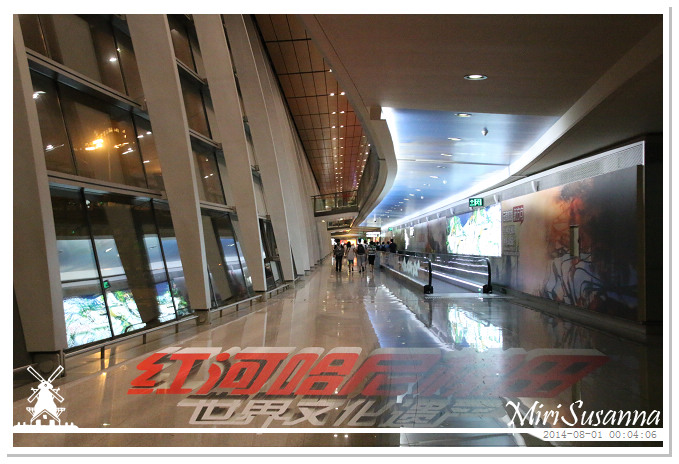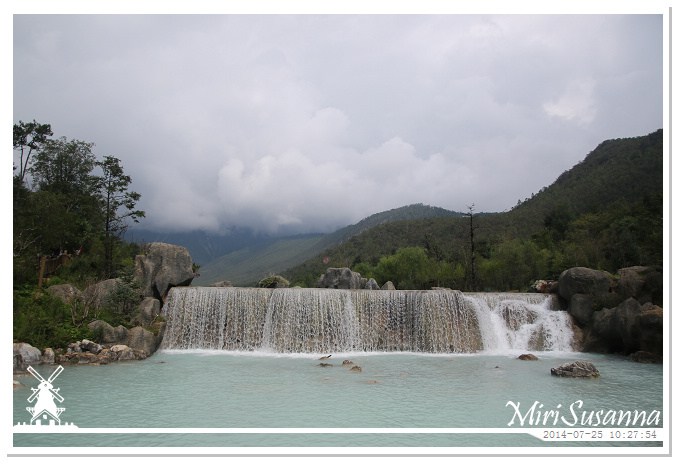
25日早上,我們先到玉龍雪山景區。玉龍雪山是中國最南的雪山,也是北半球最南的雪山,南北長35公里,東西寬13公里,共有十三峰,主峰扇子陡海拔5.596米。因巴特懼高不敢坐索道,登高到海拔4.500米冰川公園之類的節目就免了,唯有到藍月谷走走,欣賞白水河之美。
July 25th, we began our tour by Jade Dragon Snow Mountain scenic area. Jade Dragon Snow Mountain, or Yulong Mountain, is the southernmost glacier in the Northern Hemisphere and consisting of 13 peaks. The highest peak is Shanzidou with an altitude of 5,596 meters. The mountain stretches a length of 35 kilometersand a width of 20 kilometers. Due to acrophobia, Bart could not join any trip with cable cars, so we went to the Blue Moon Valley in this scenic area.

Breakfast at hotel. We need to prepare the instant coffee ourselves.
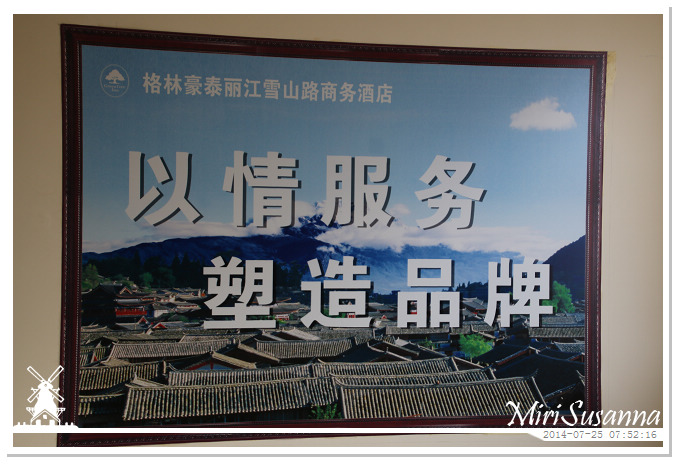
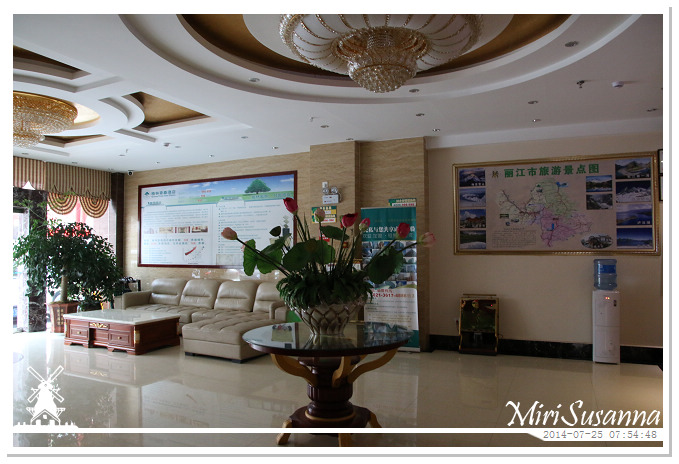
Waiting for our guide.
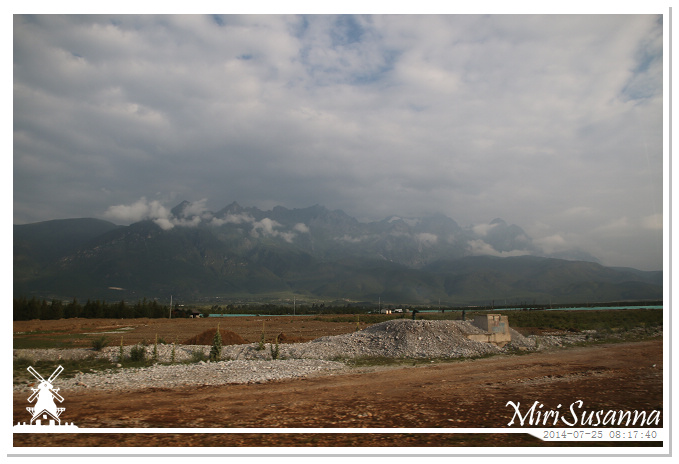
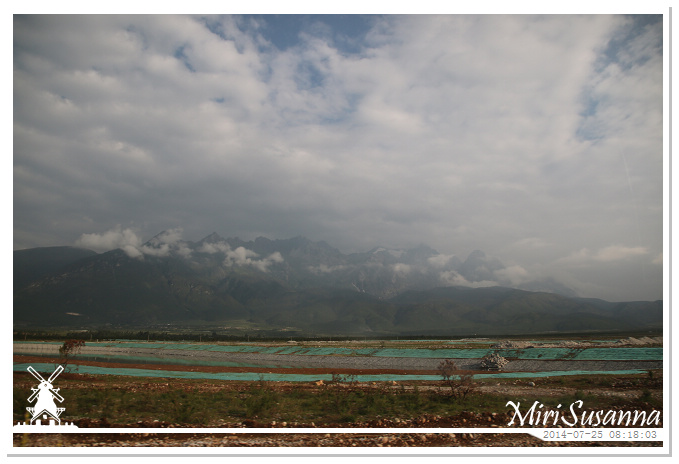
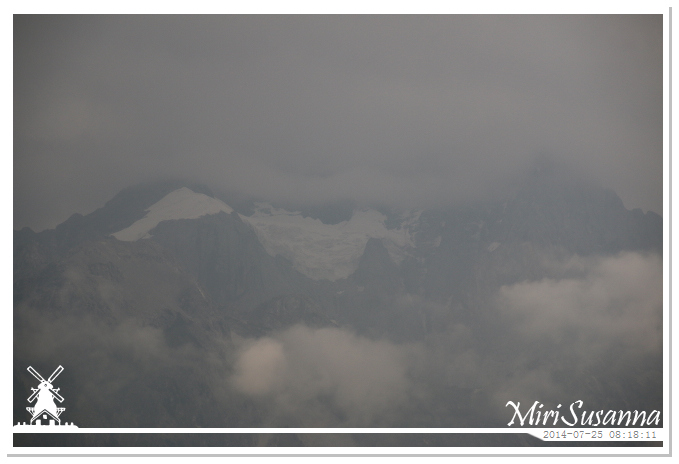
玉龍雪山進入眼簾,最高峰扇子陡藏在雲中。
Jade Dragon Snow Mountain in view and the highest peak Shanzidou is hidden in cloud.
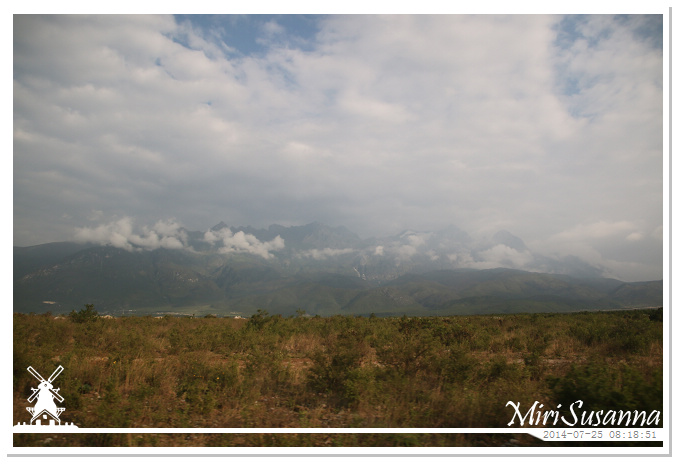
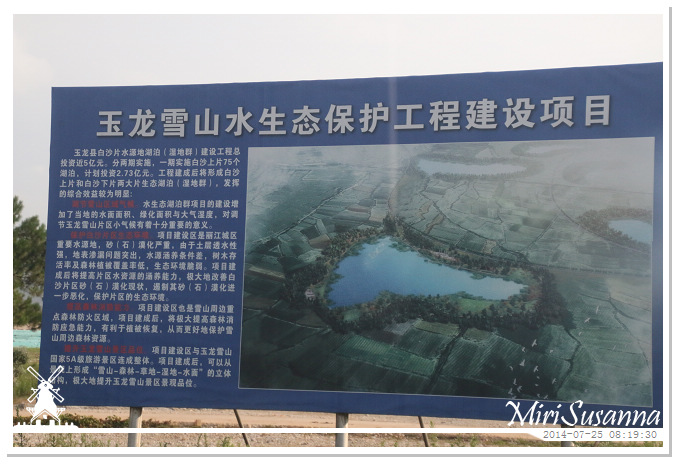
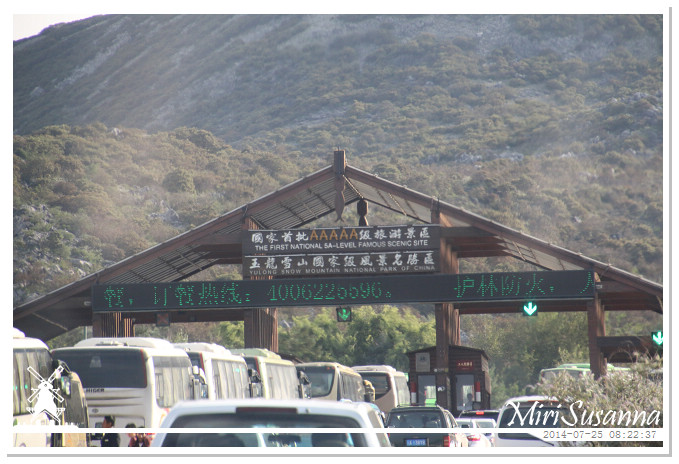
進入玉龍雪山風景區。
Enter the scenic area.
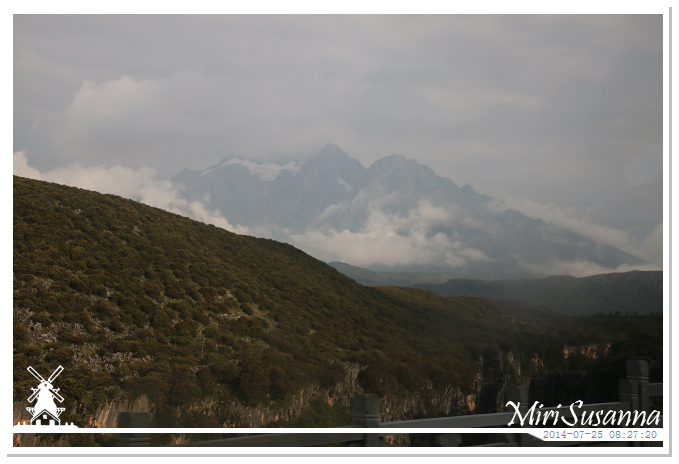

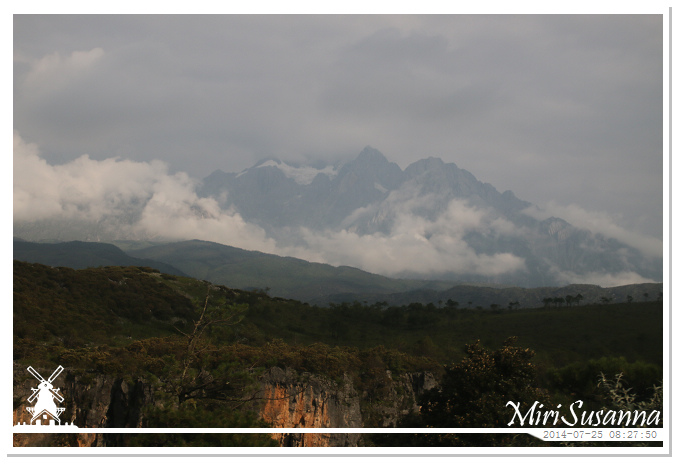
我們的前方是裸美樂大峽谷。
In front of us is Luomeile Grand Canyon.



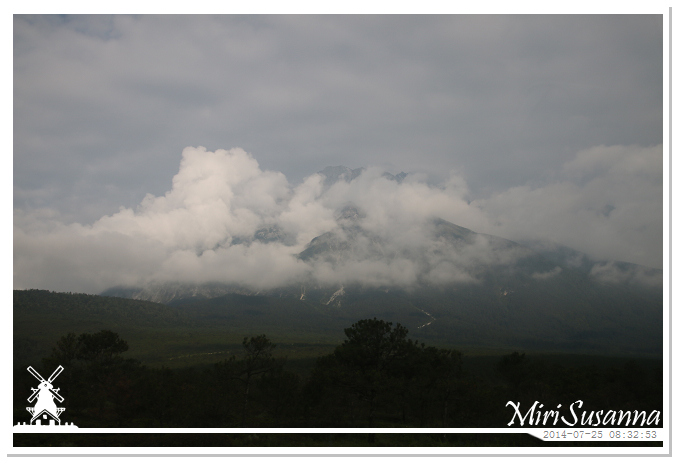
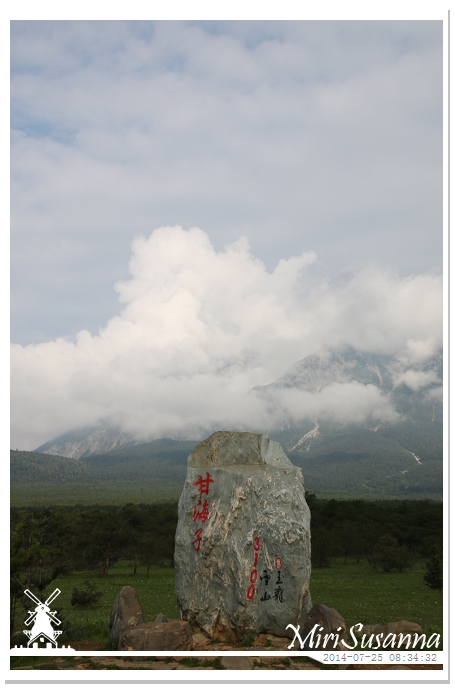
甘海子。
Ganhaizi.
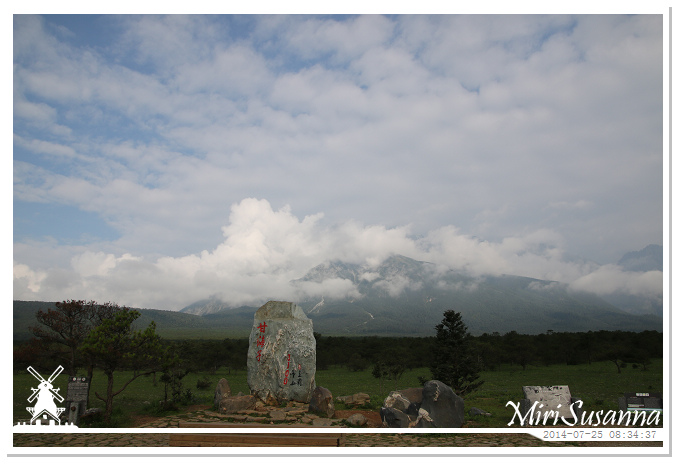
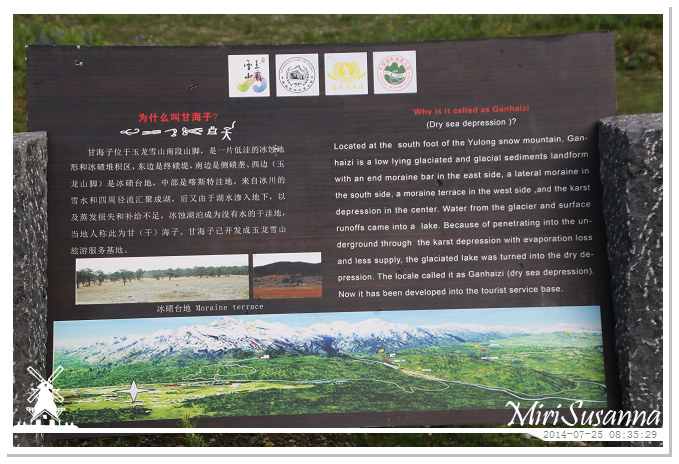
甘海子的介紹。
Introduction of Ganhaizi.
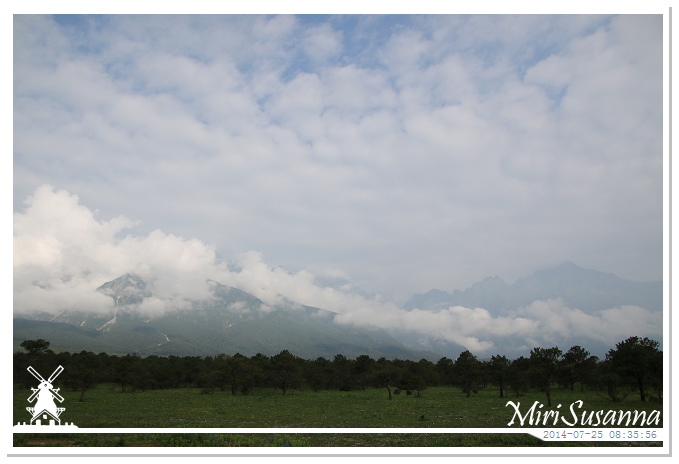


大妹說這是蘇格蘭的國花。
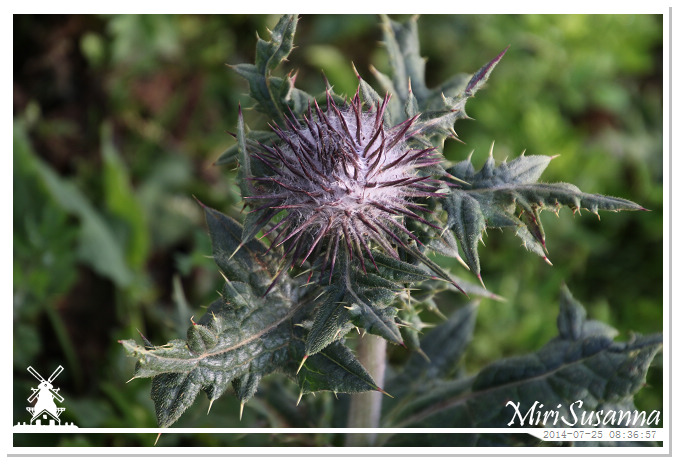
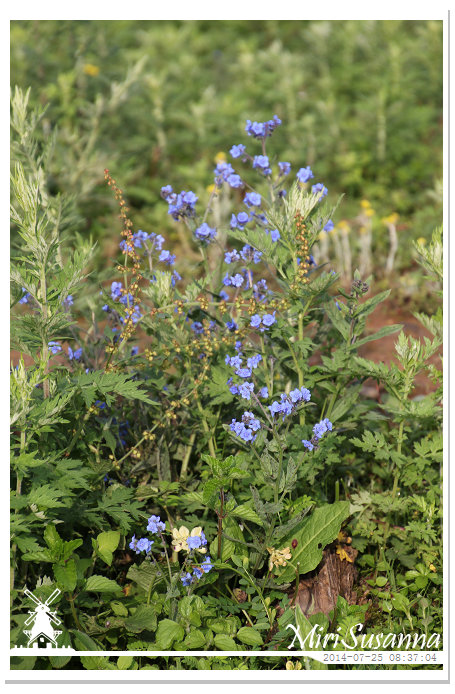
藍色小花。
Blue flowers.
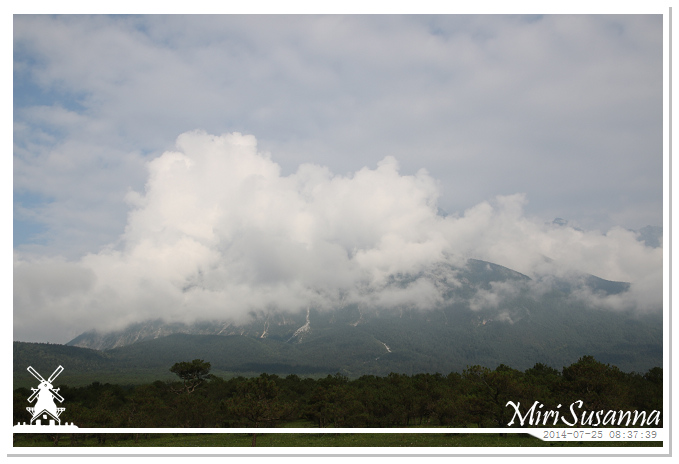
雪山還是很害羞地躲在雲裡。
The snow mountain is still hidden in heavy cloud.

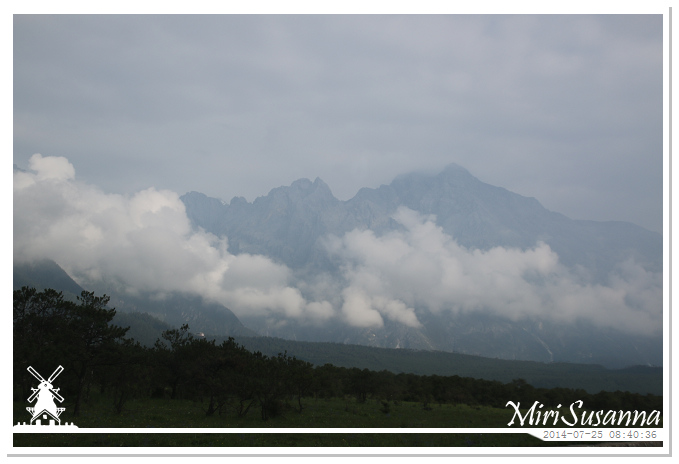

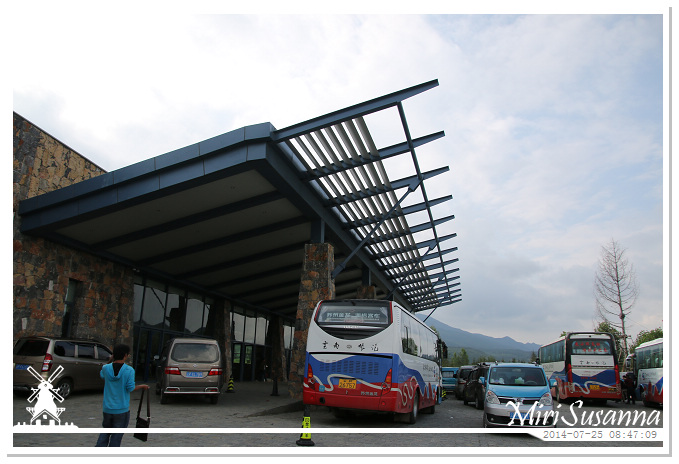
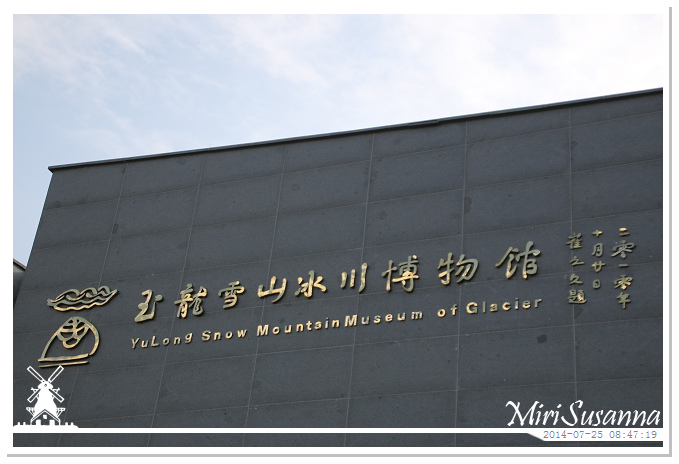
玉龍雪山冰川博物館。
Museum of Glacier of Yulong Snow Mountain.

We’re going to Blue Moon Valley.





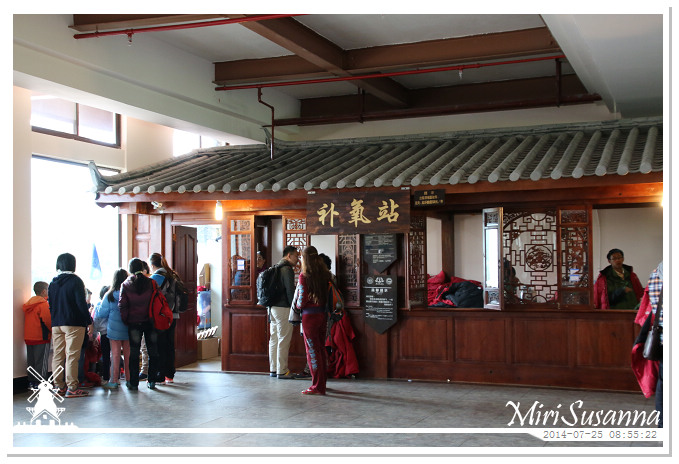
Need O2?
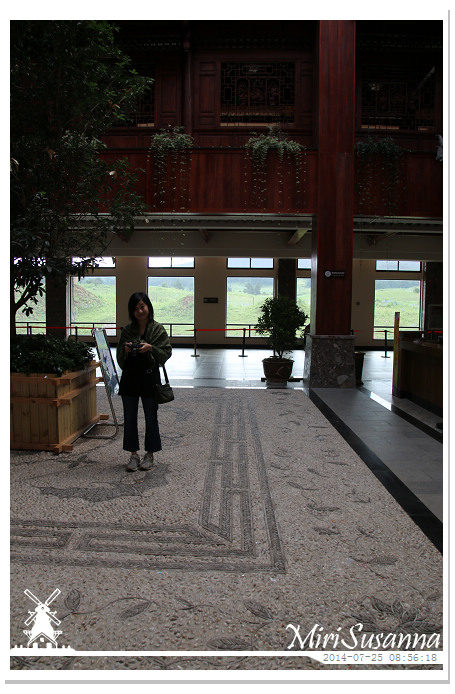
導遊去買票,我們在這裡欣賞這漂亮的拼圖。
Our guide went to buy tickets and we stayed here for the beautiful puzzle.
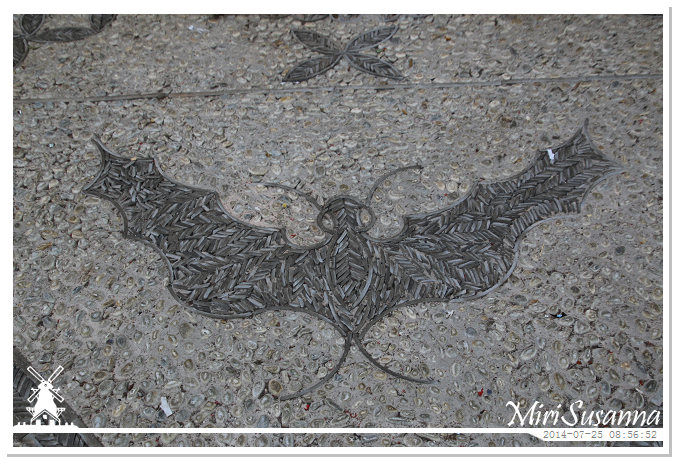

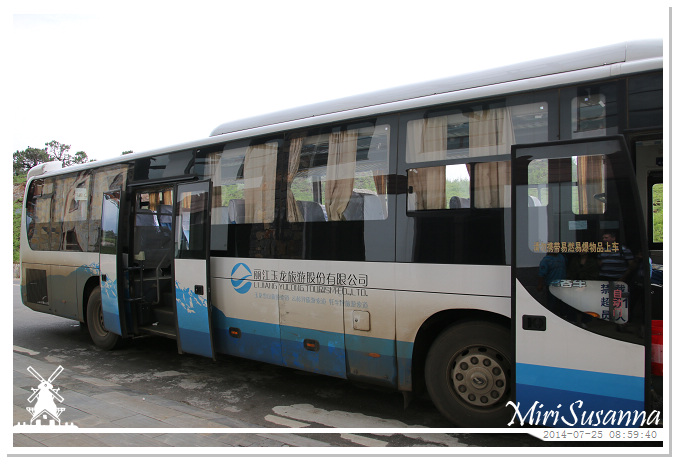
Taking bus to Blue Moon Valley.

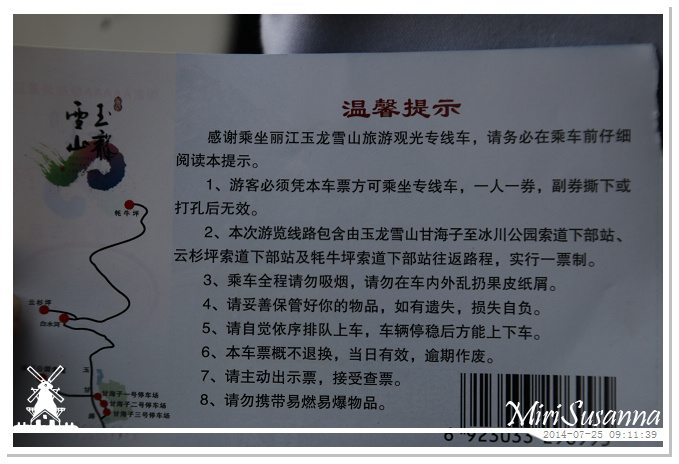
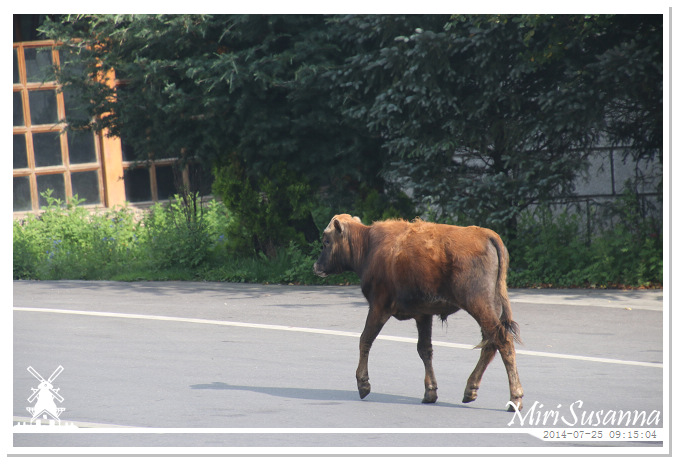
路上的小犛牛。
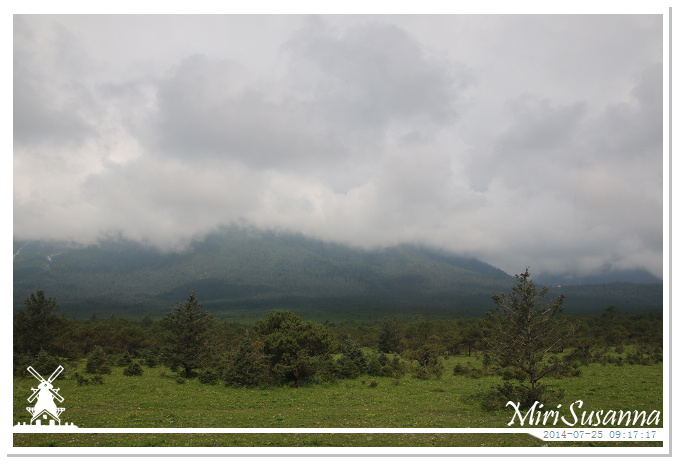
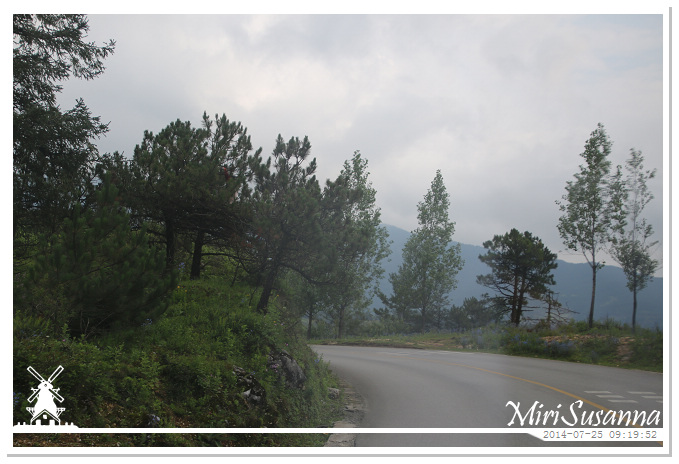
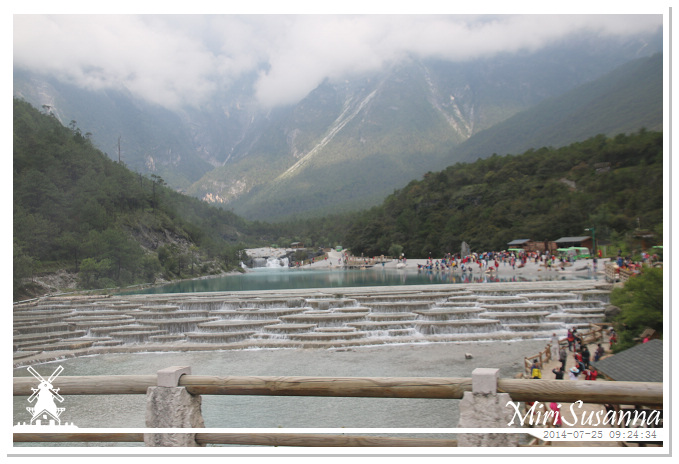
藍月谷的白水台。
White Water Terraces of Blue Moon Valley.

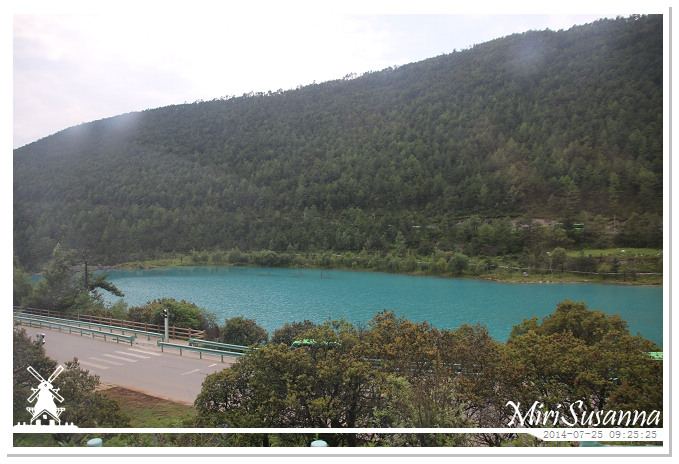
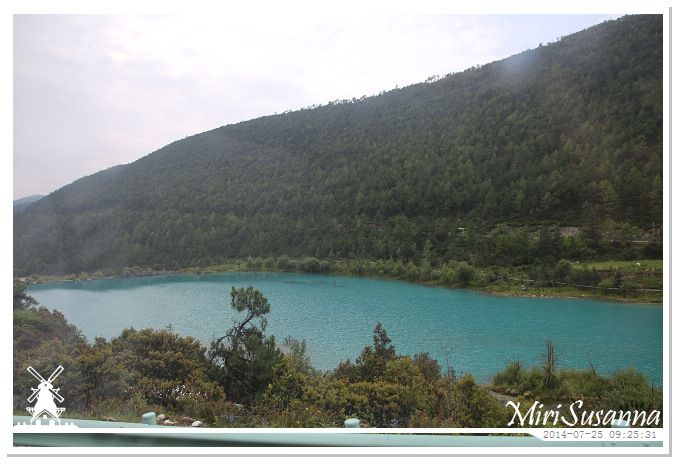
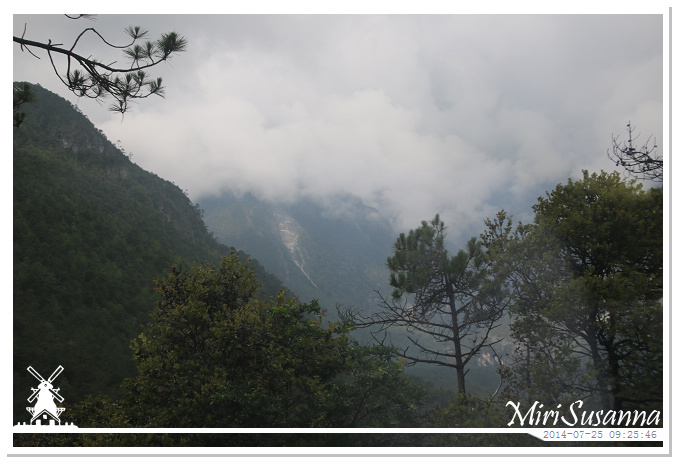
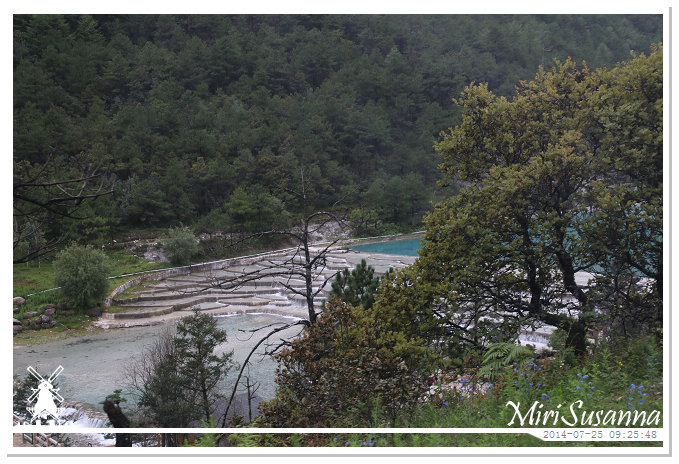
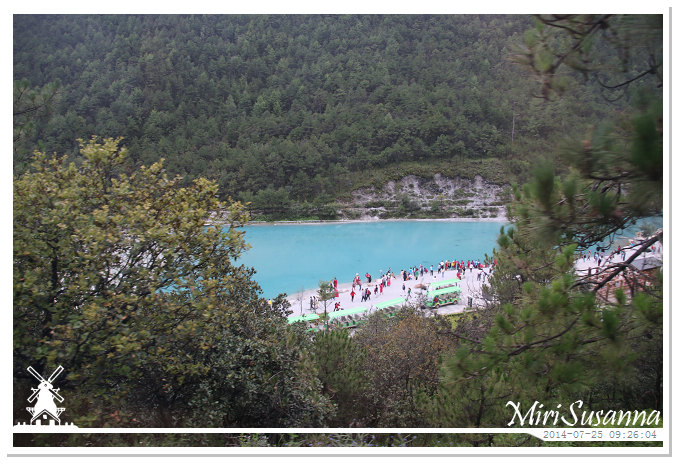
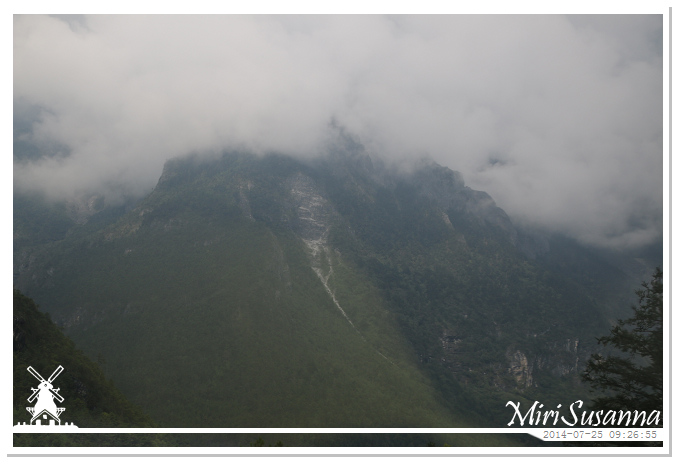

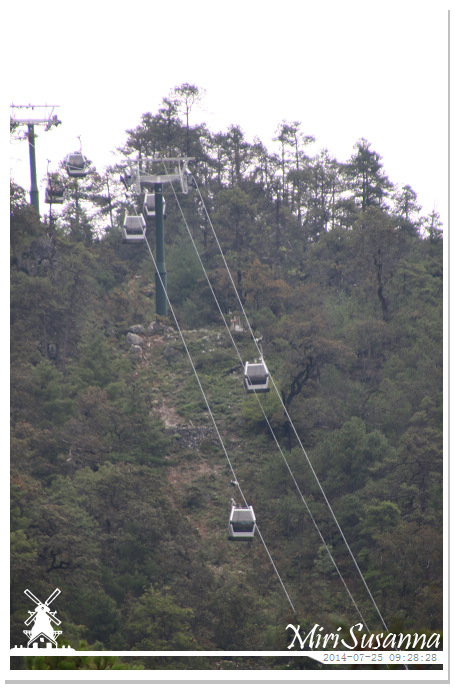
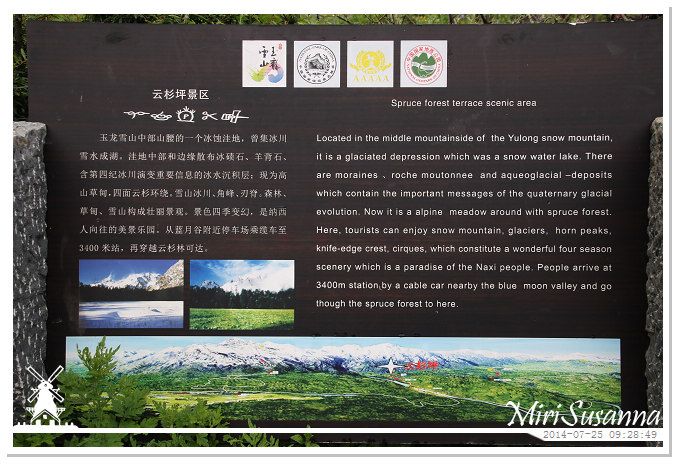
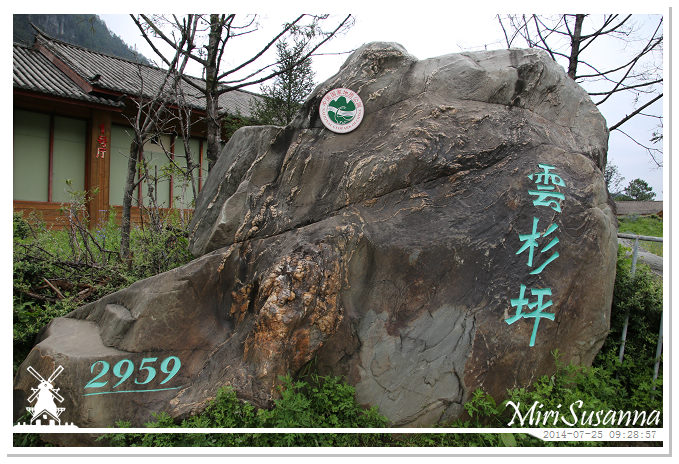
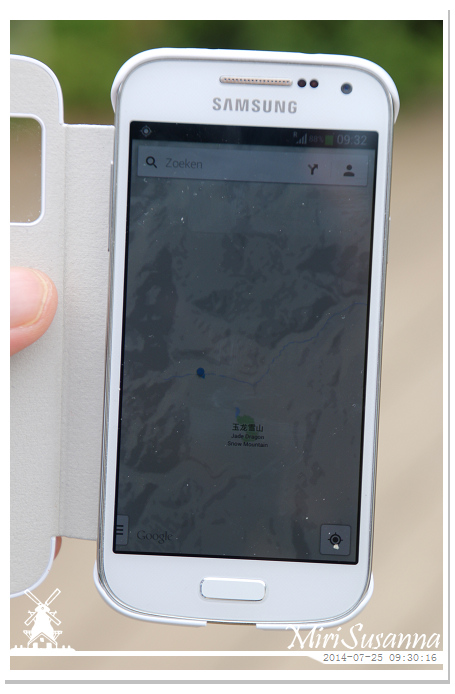
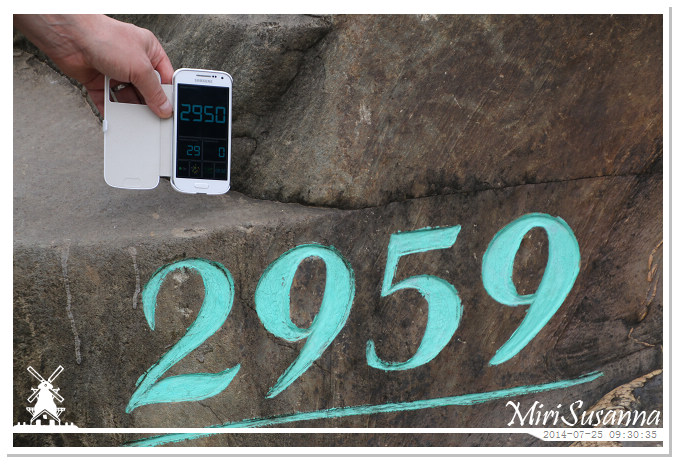
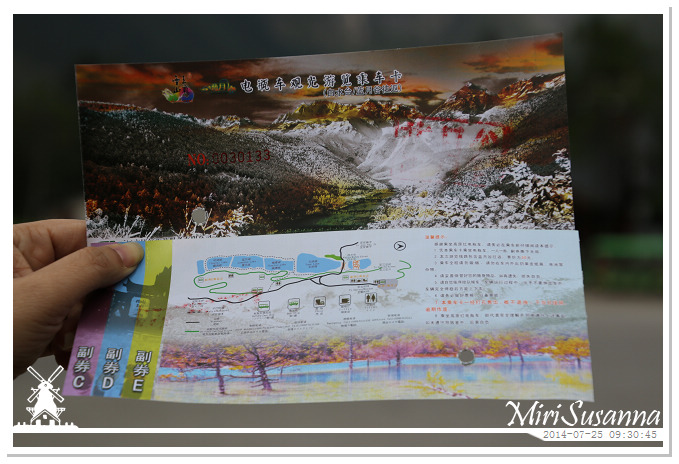
Electric car ticket to Blue Moon Valley.

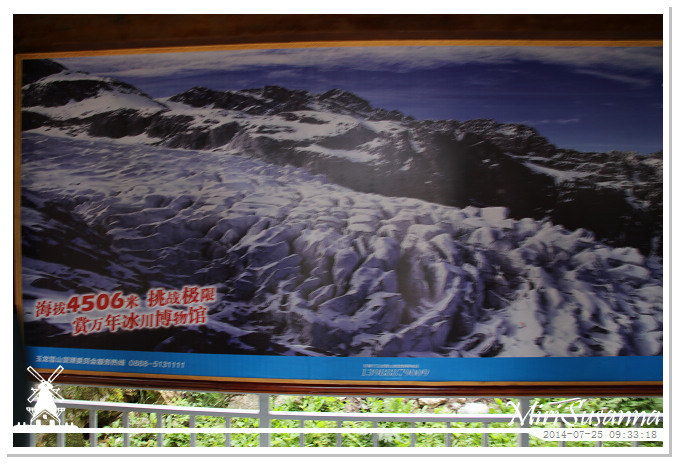

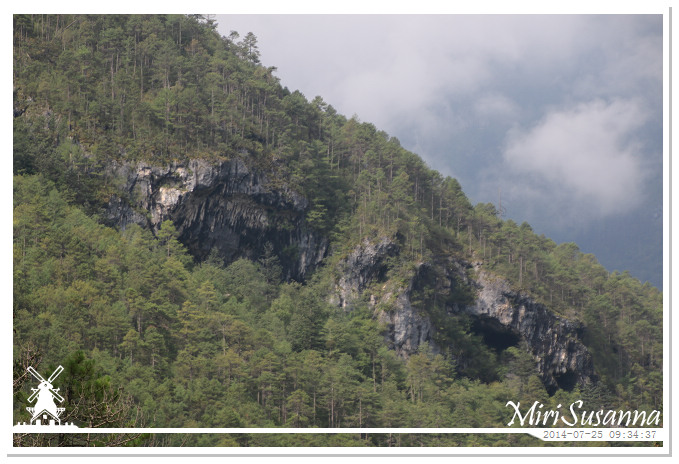
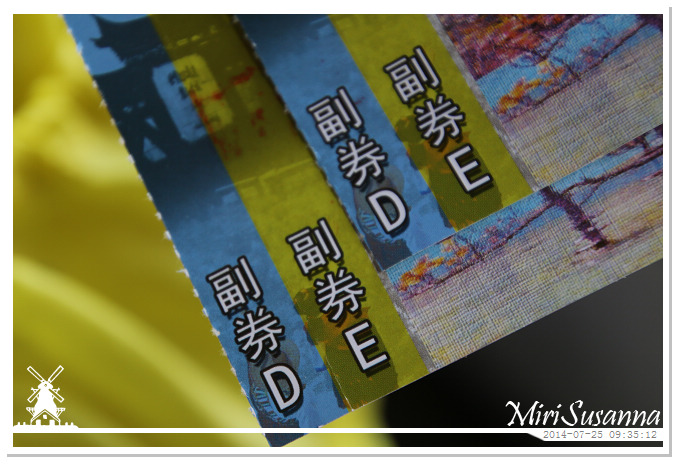
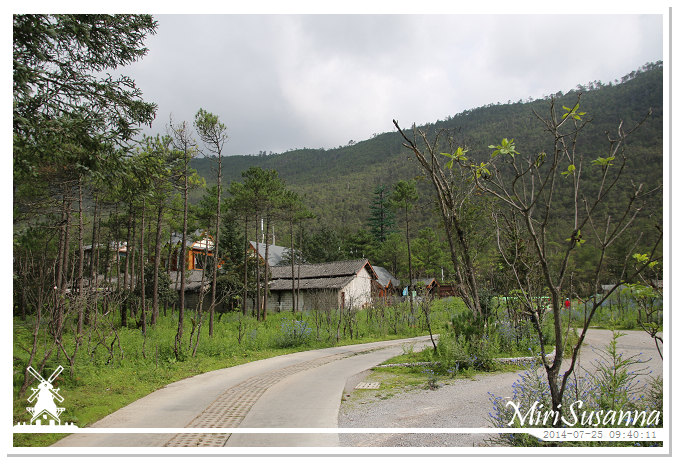
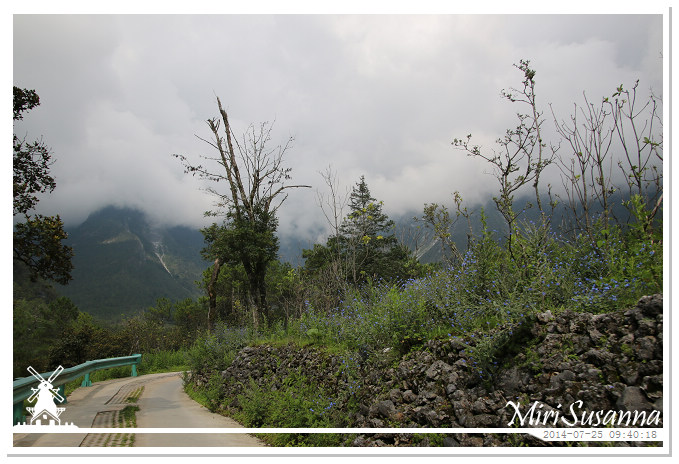
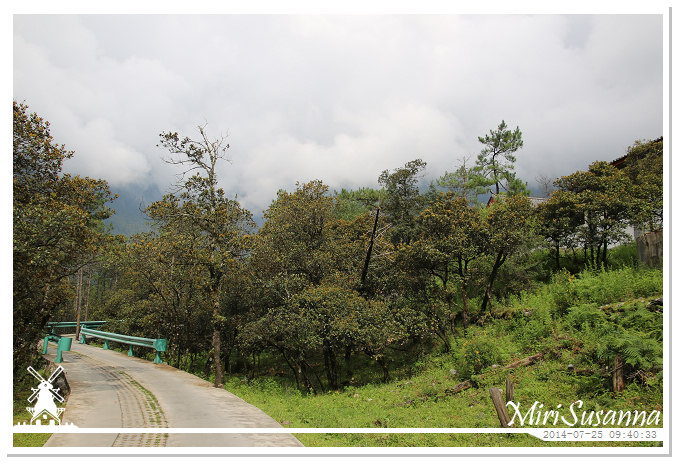

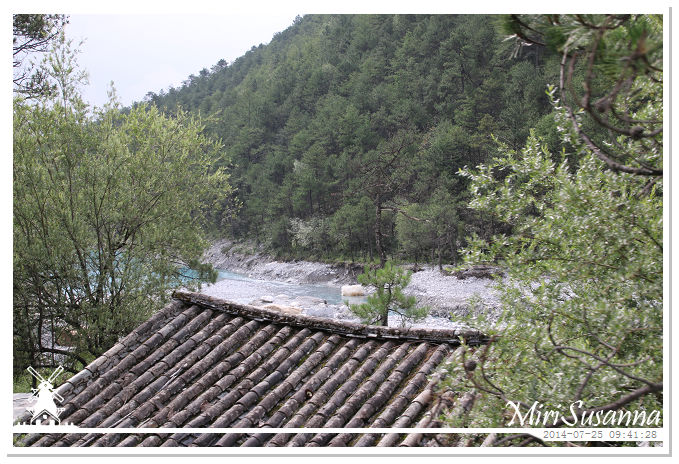

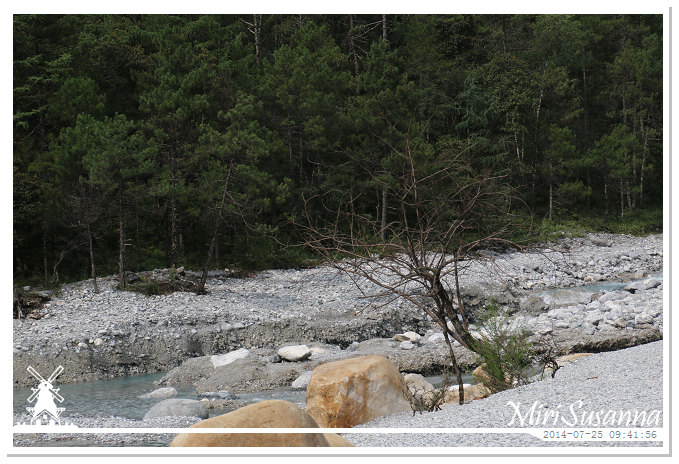
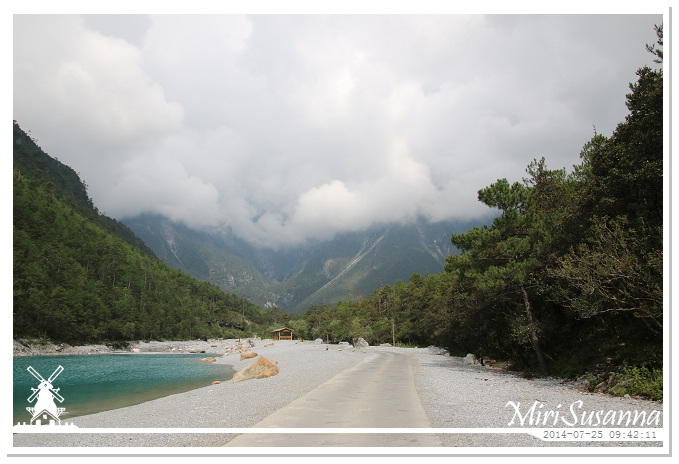
第一站:白水台。
1st stop: White Water Terraces.
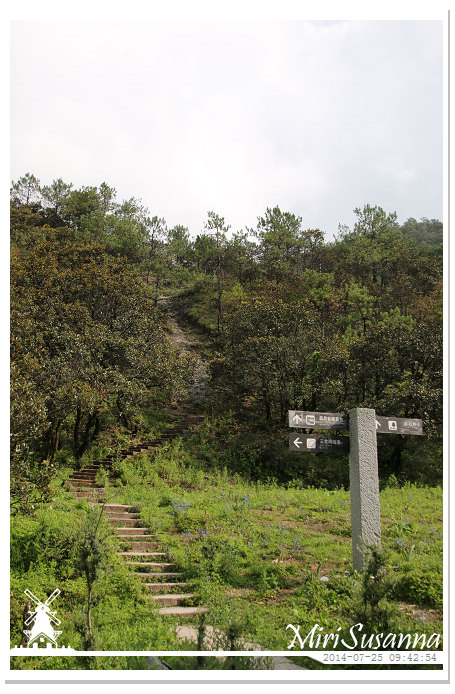
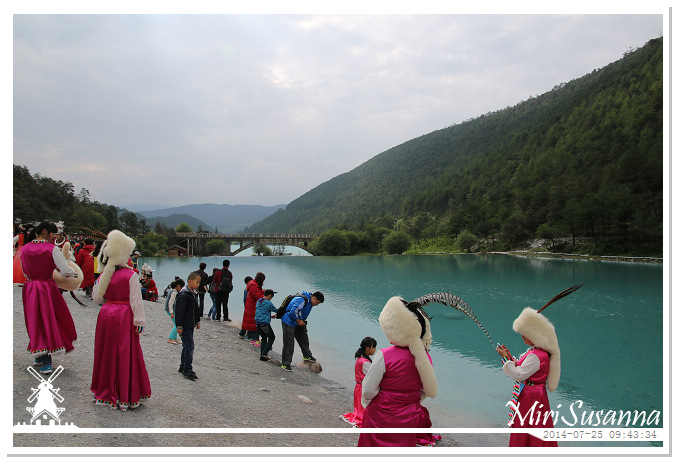
白水河,來自雪山的水,清澈泛藍。
Baishui River, or White Water River, crystal clear water from snow mountain.
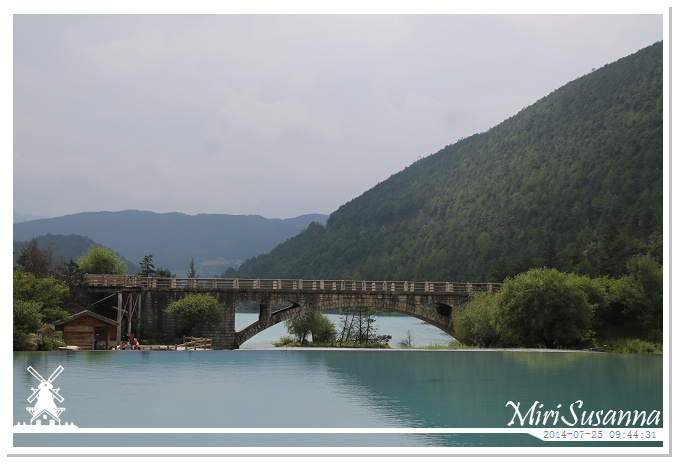
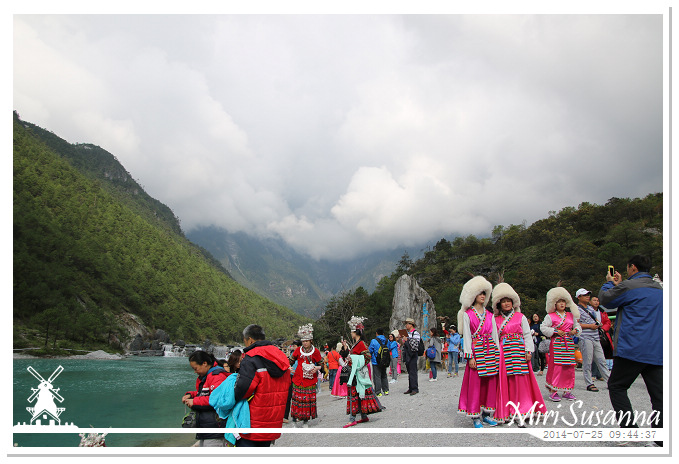
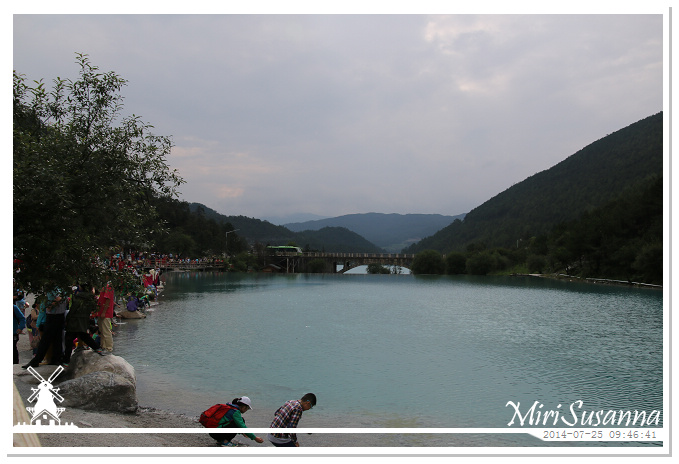
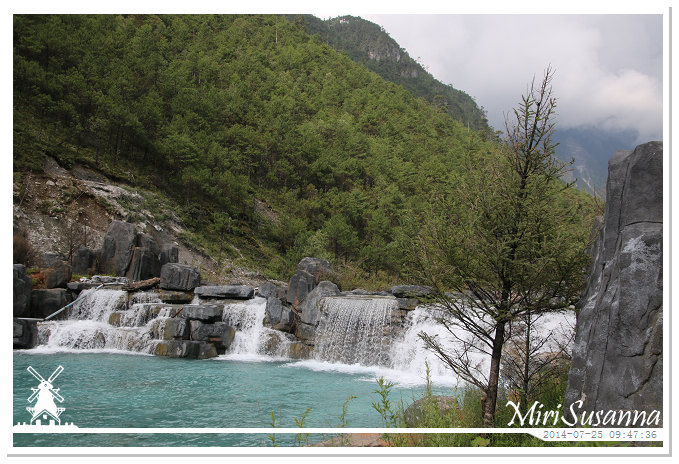
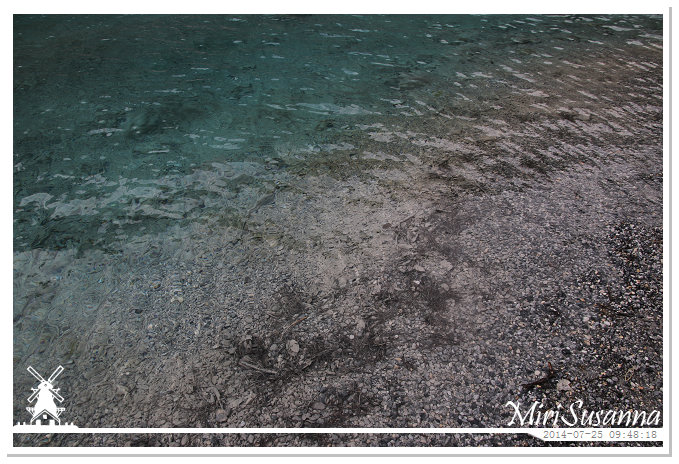
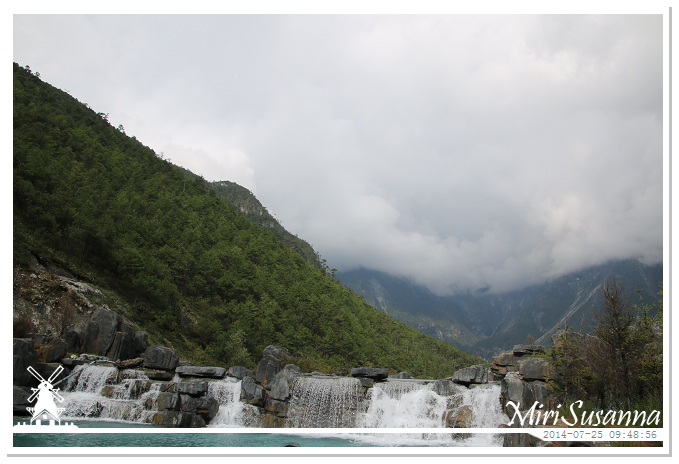

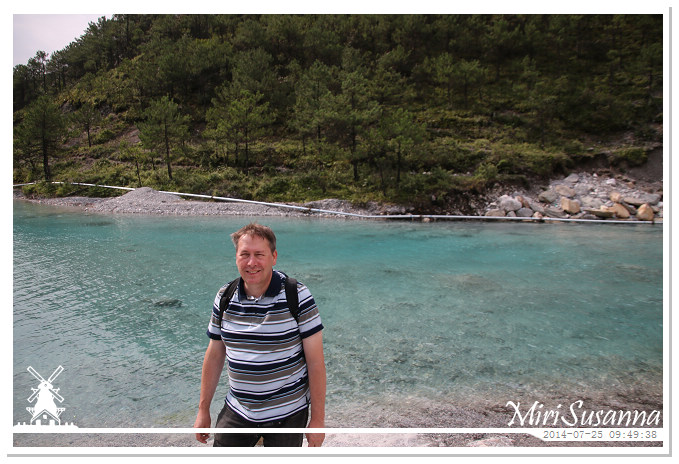

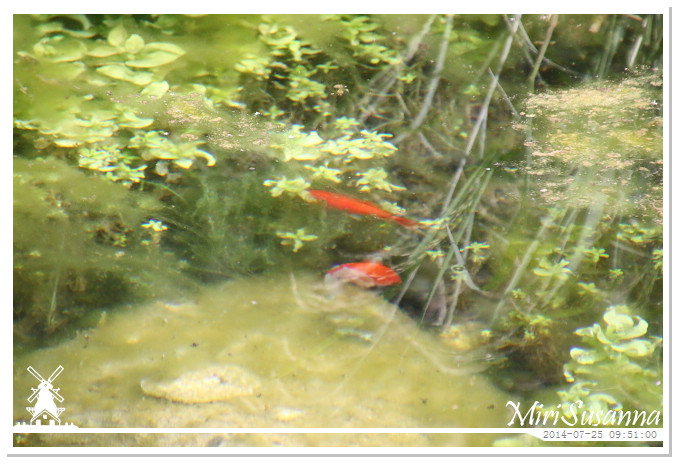
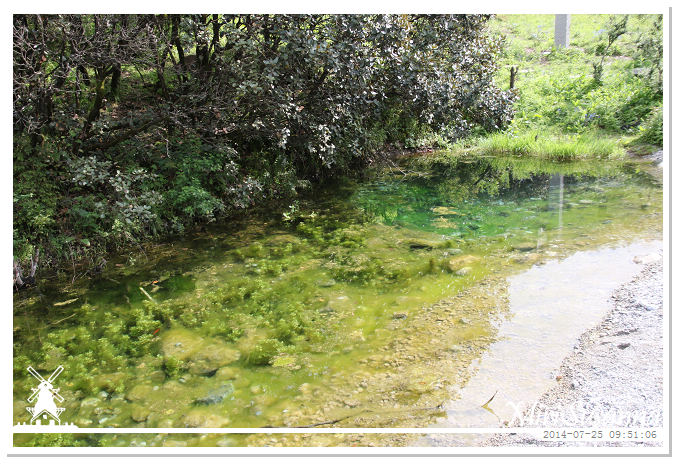
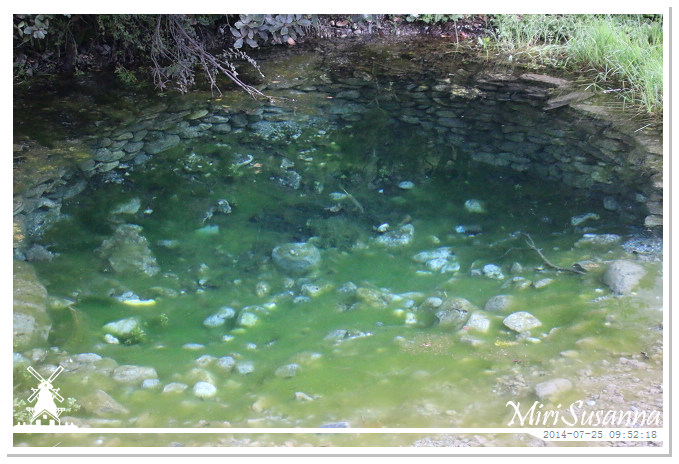
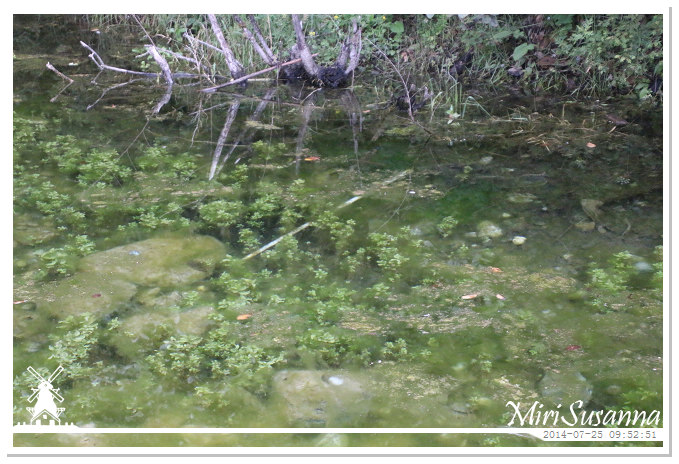
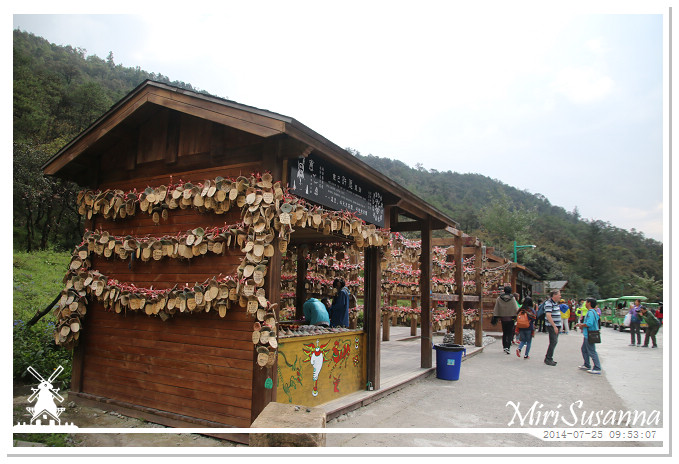
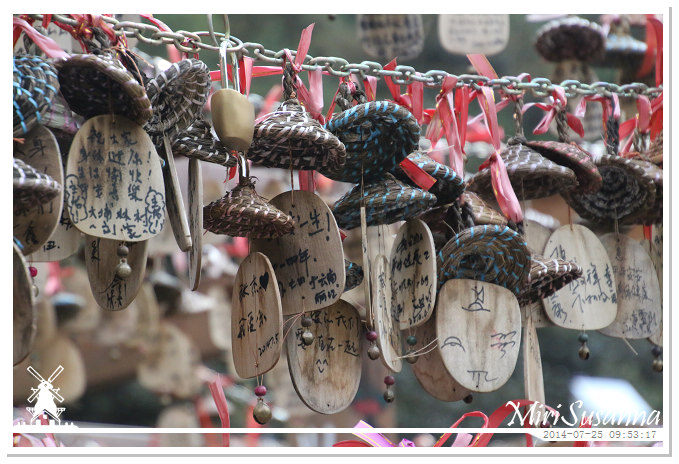
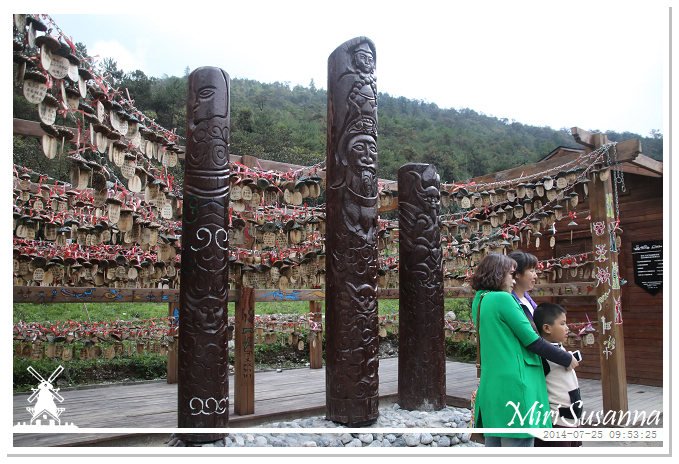
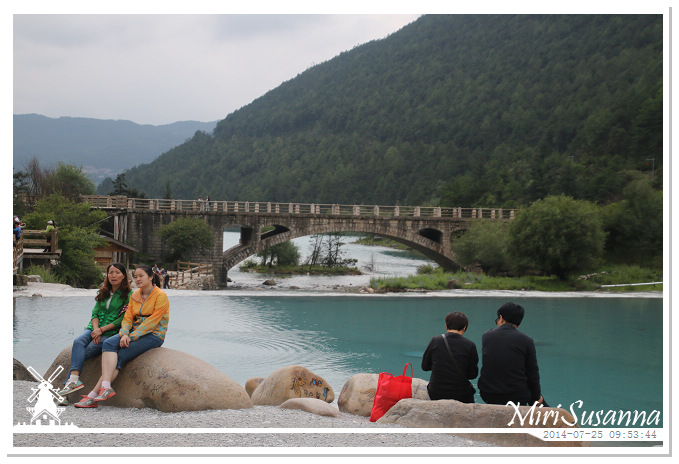
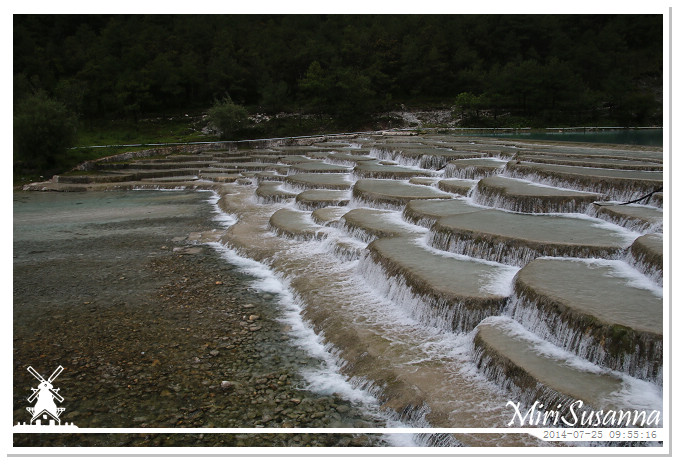
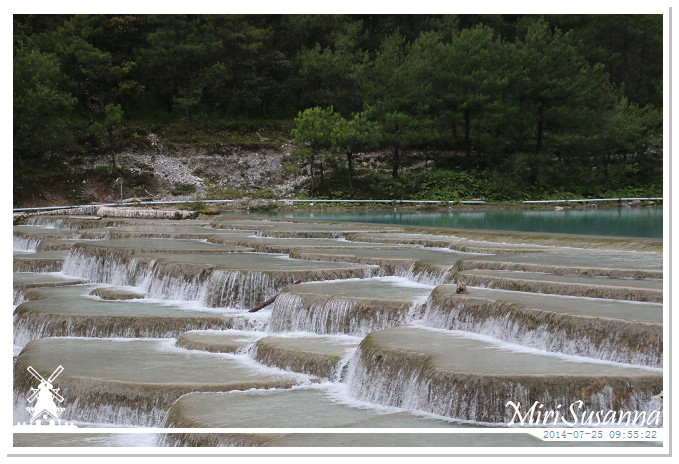
白水台。
White Water Terraces.
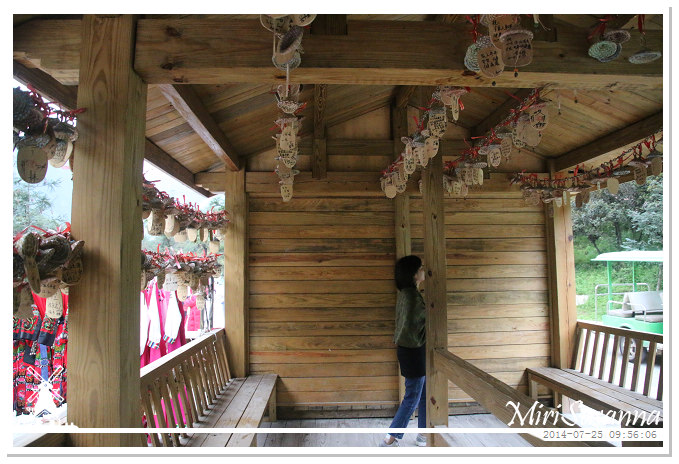
要去下一站了。
Going to the next stop.
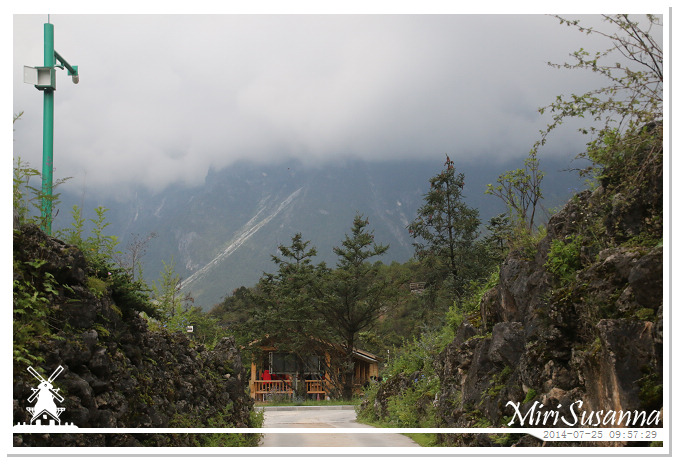

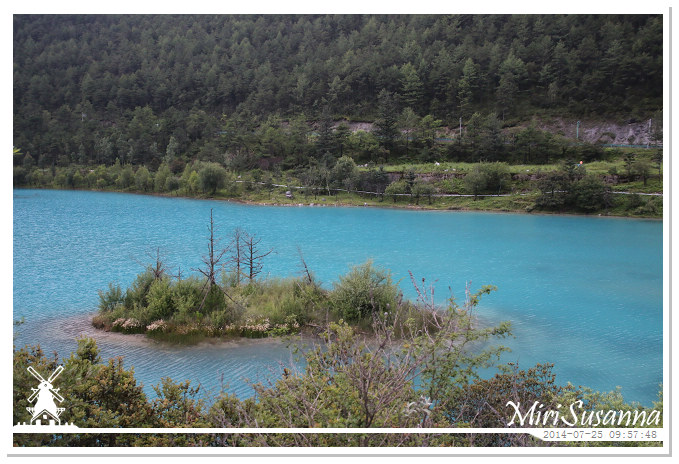
玉液湖。
Yuye Lake.

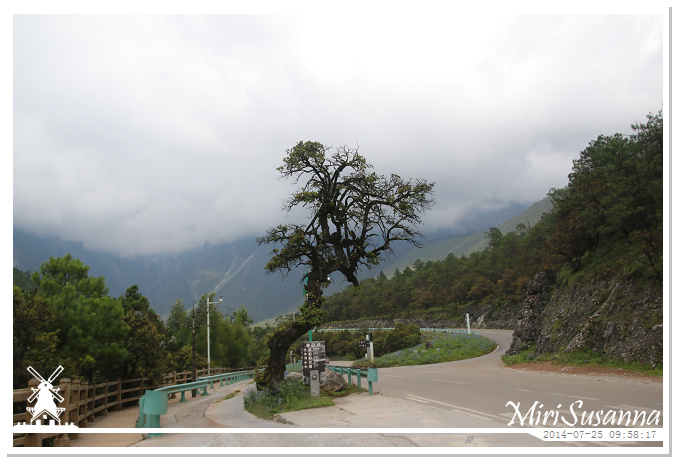
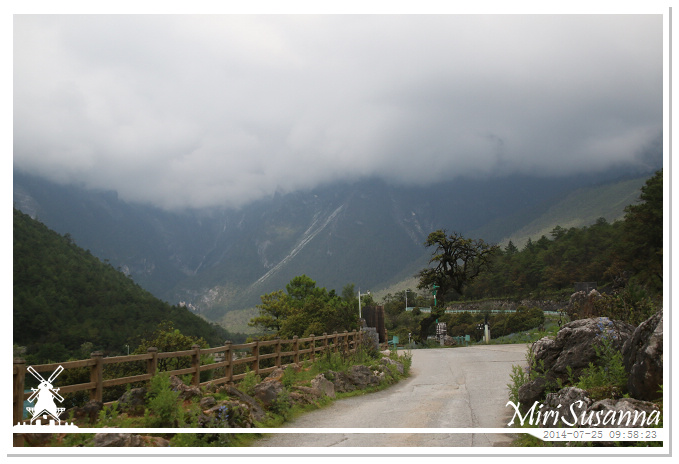
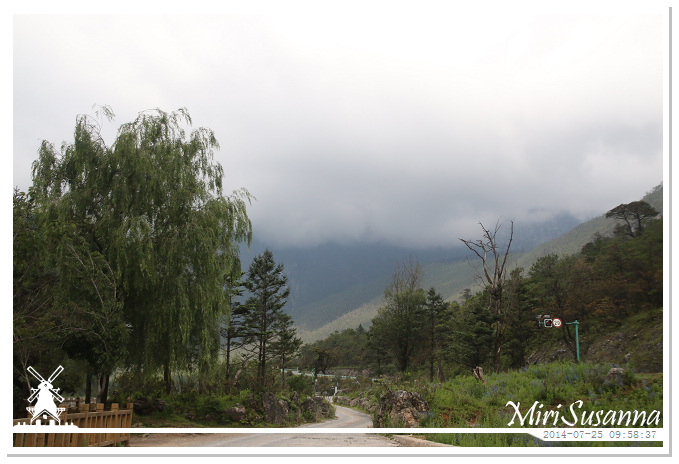

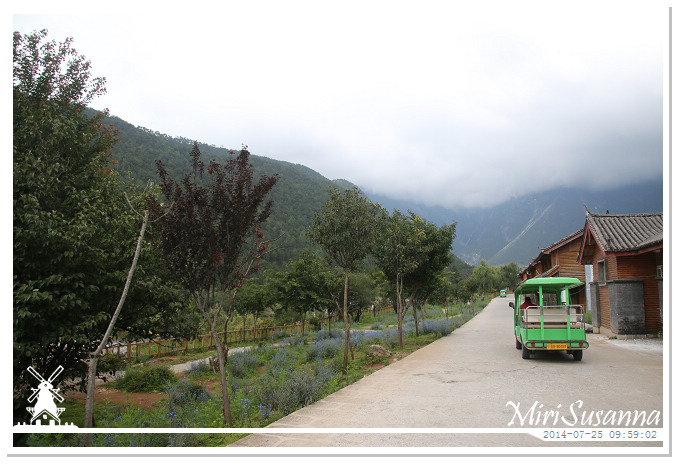
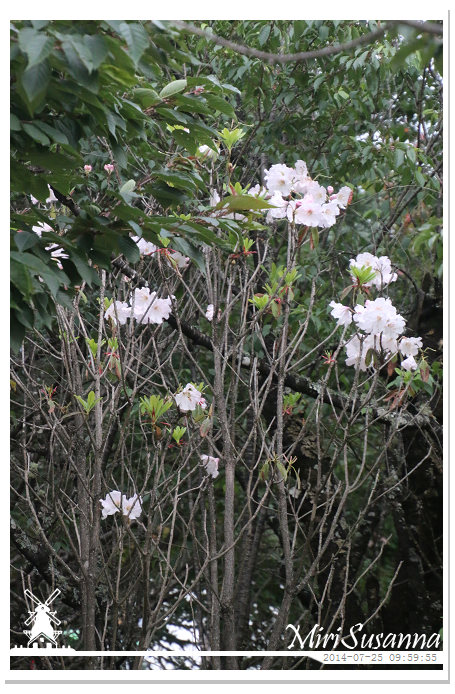

杜鵑花。
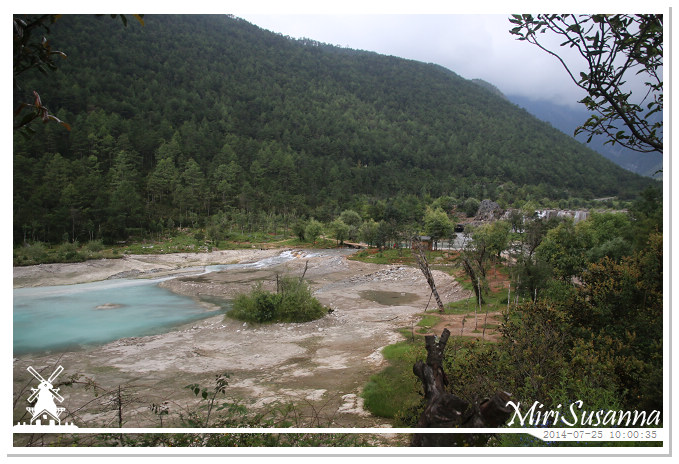

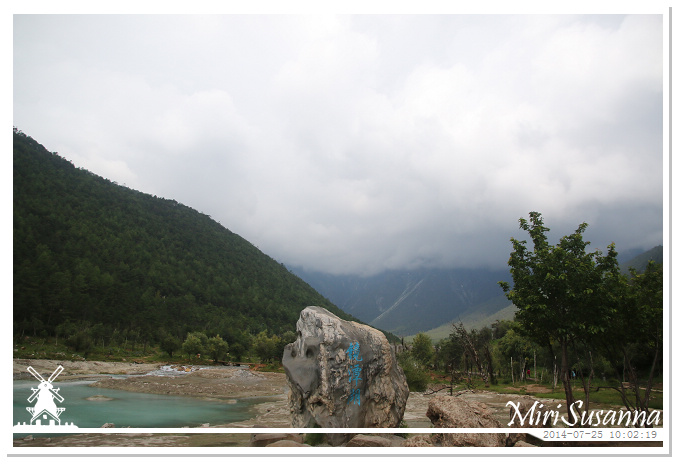
鏡潭湖。
Jingtan Lake.

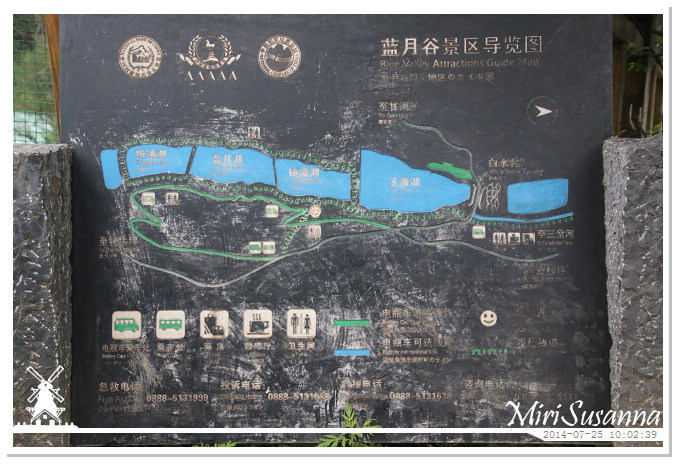
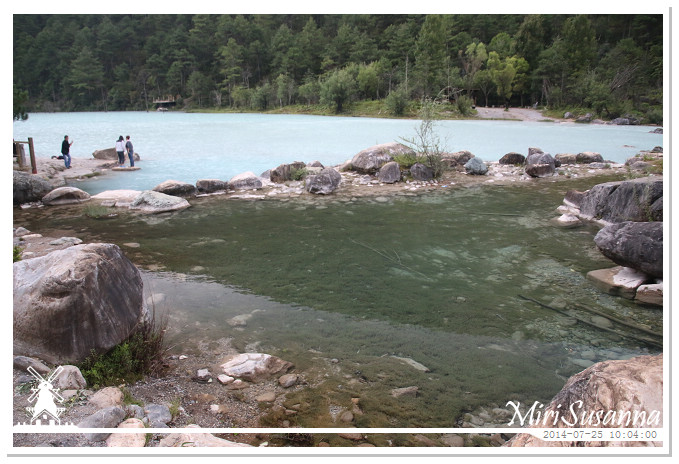
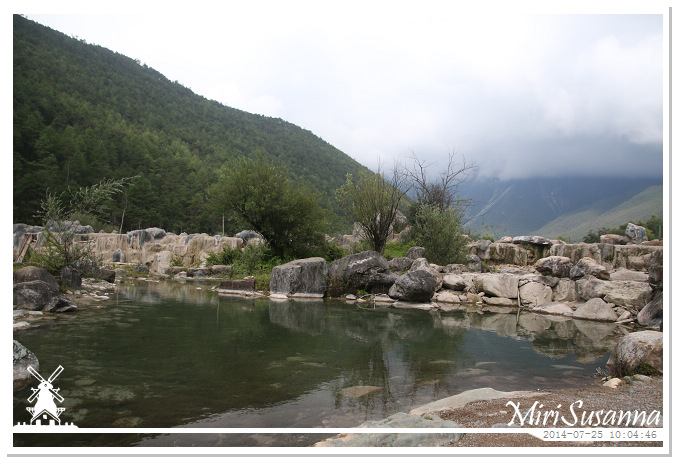
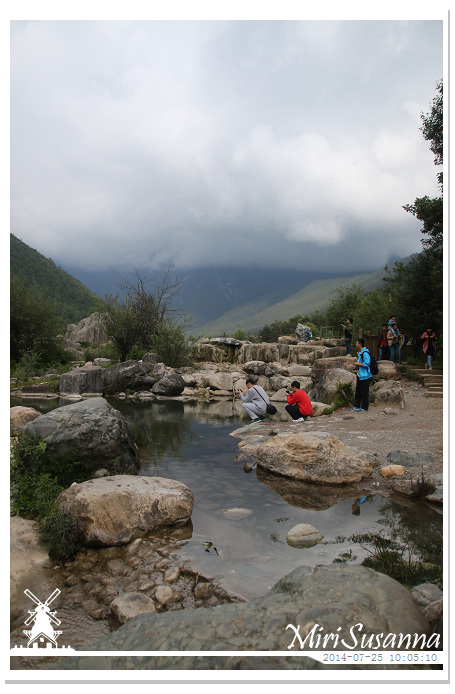
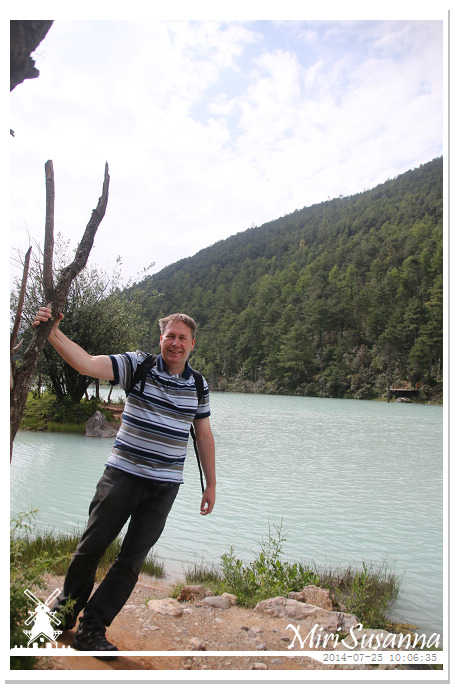

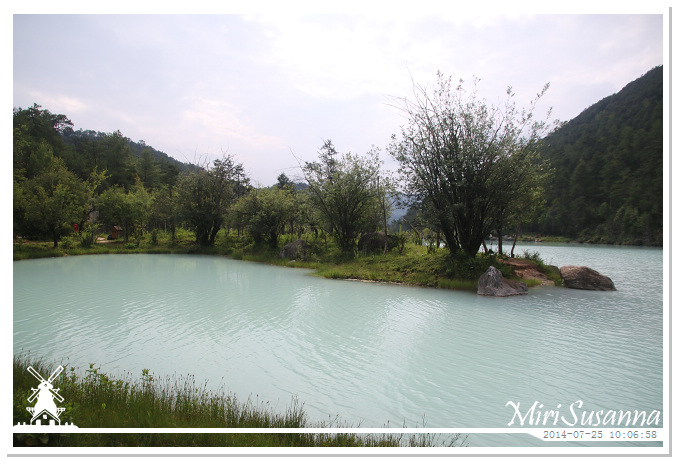
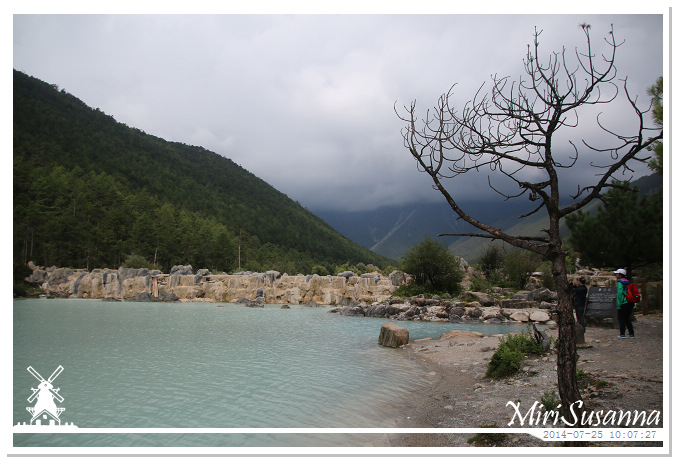
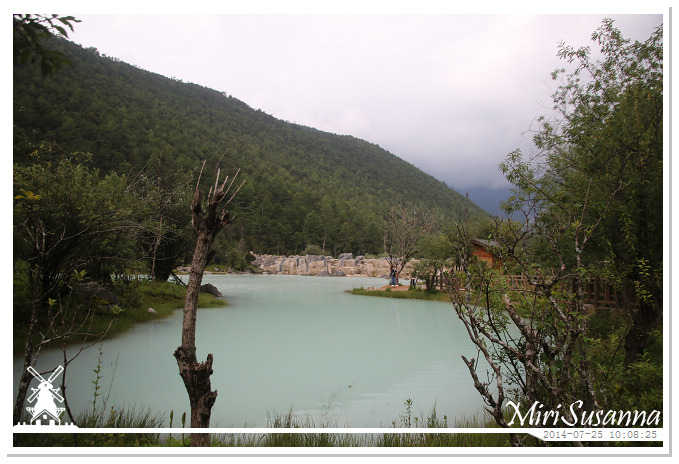
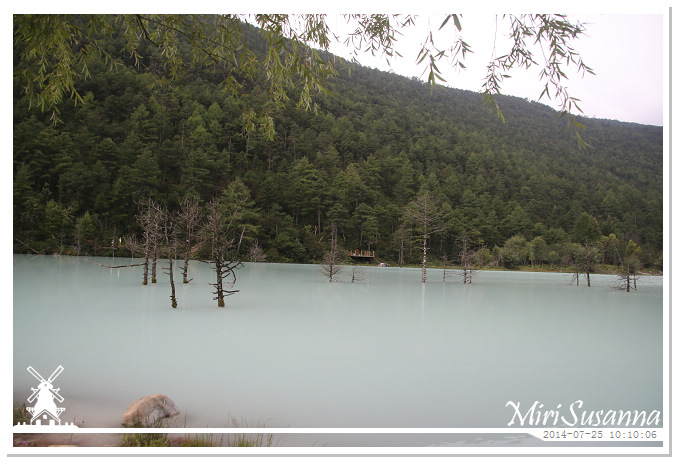
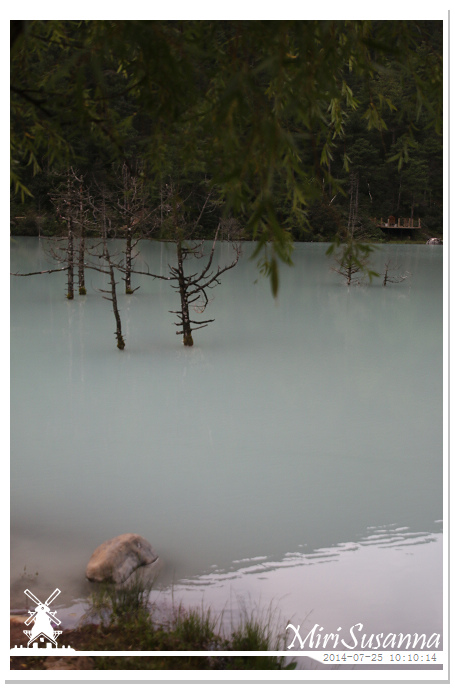
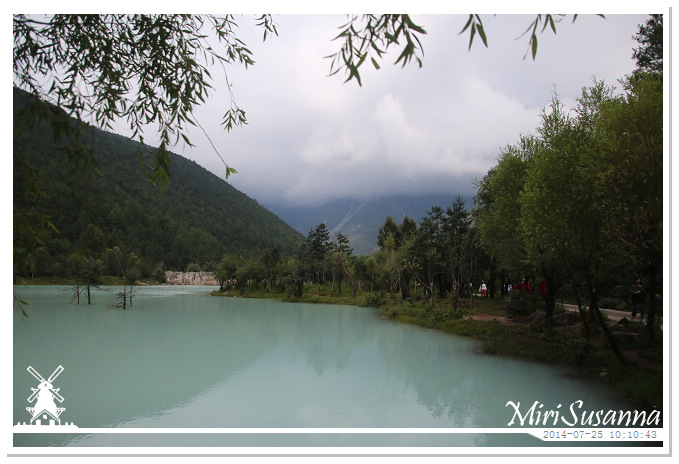
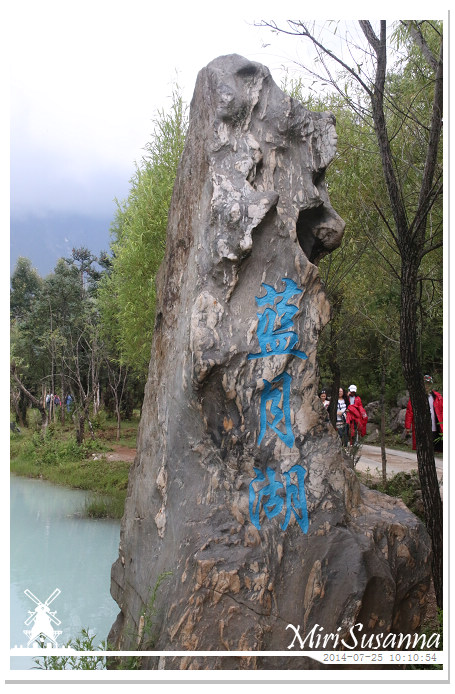
藍月湖。
Lanyue Lake, or Blue Moon Lake.
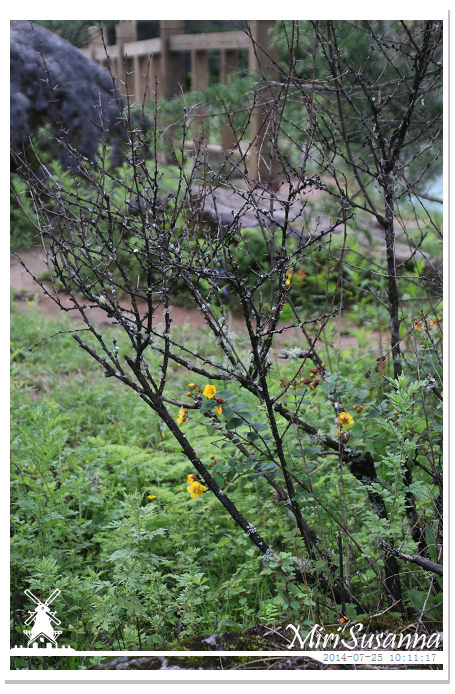
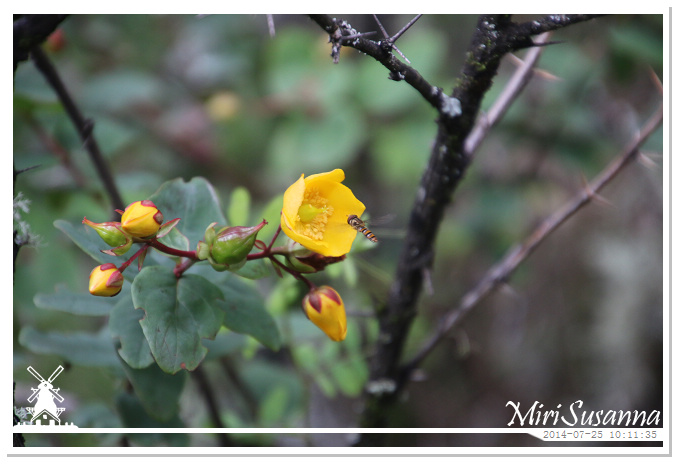
蜜蜂採蜜。
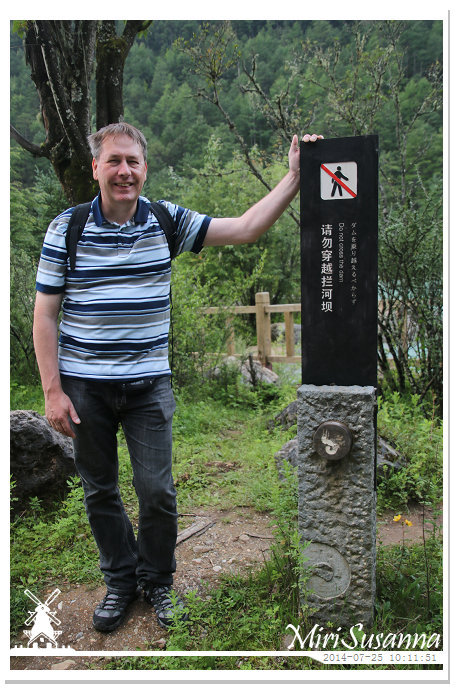


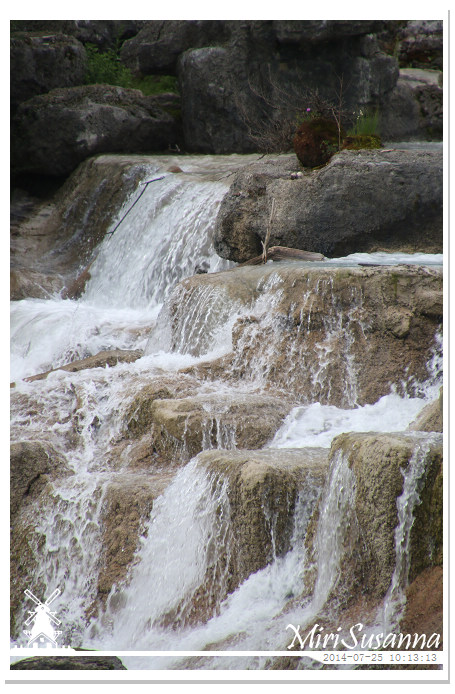
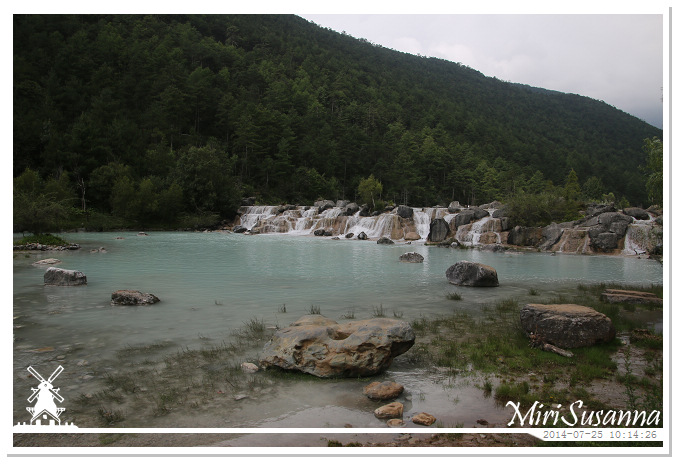
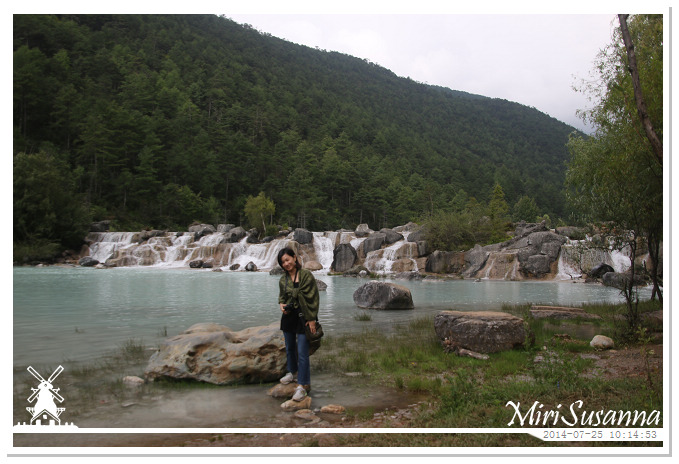
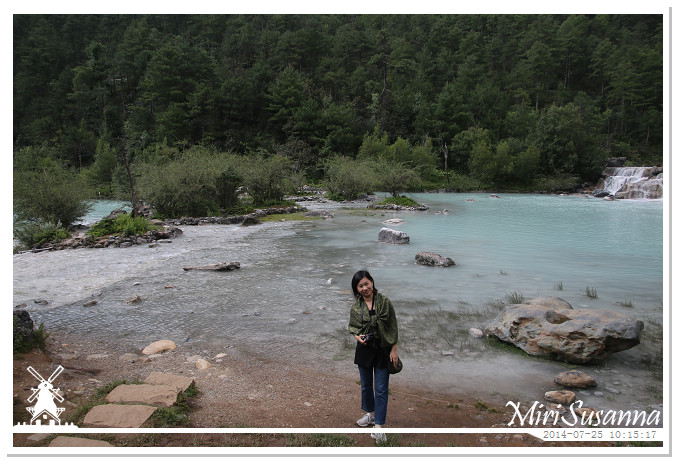

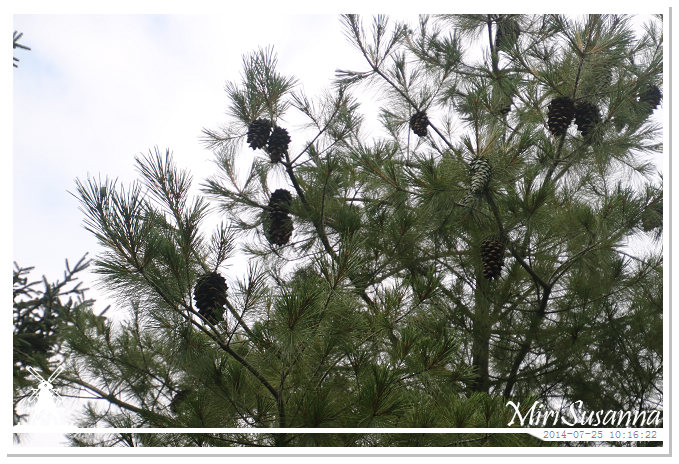
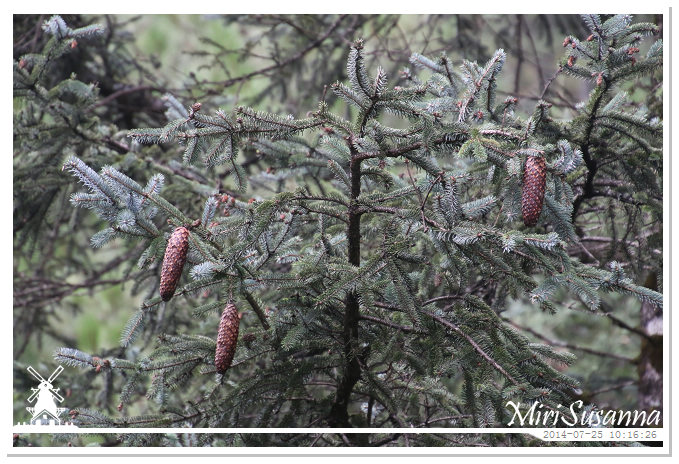
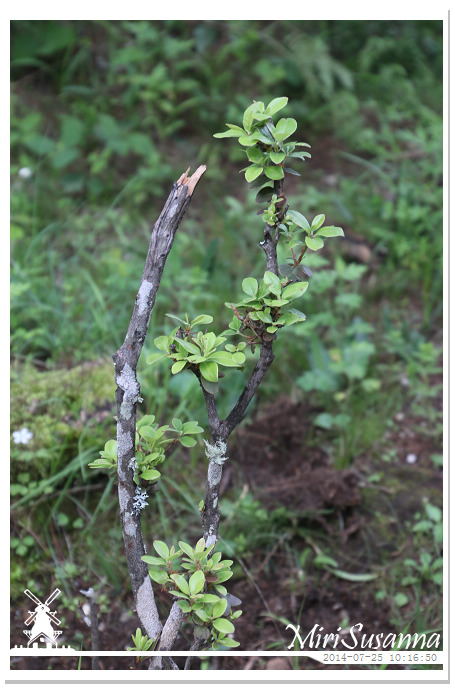
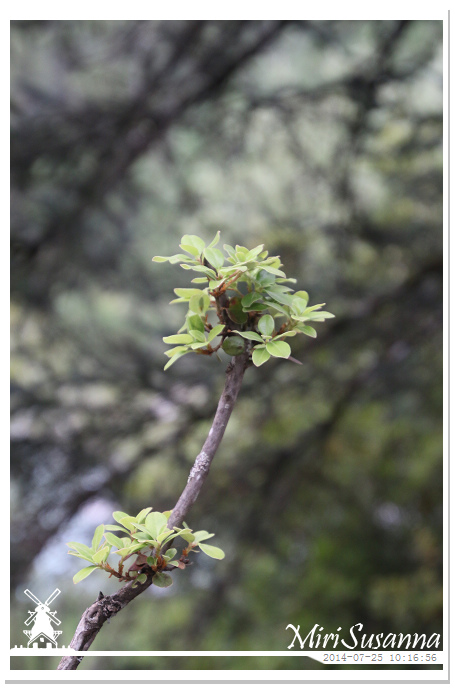
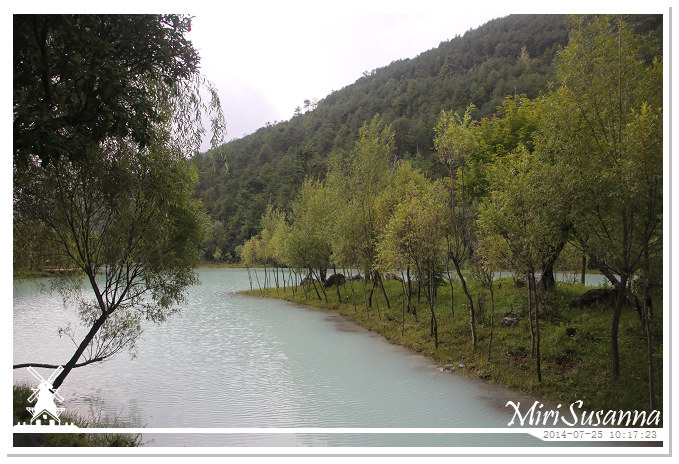
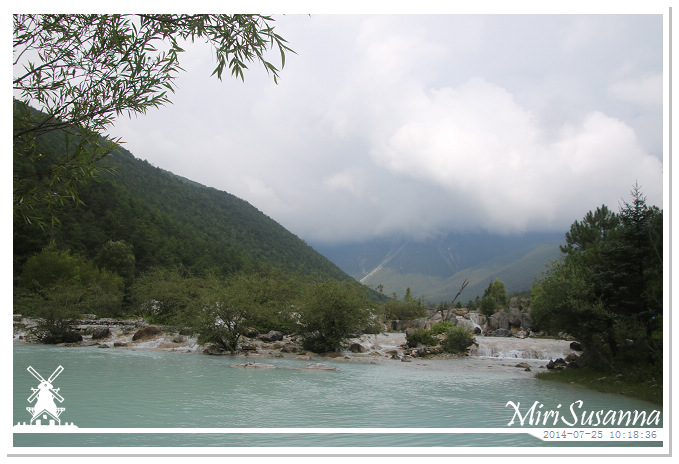
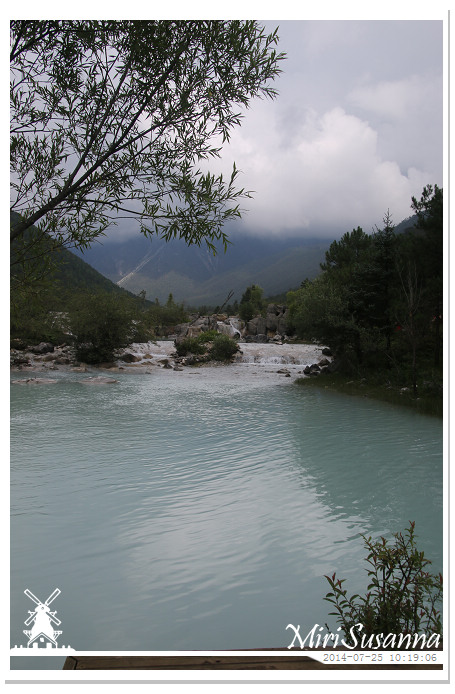
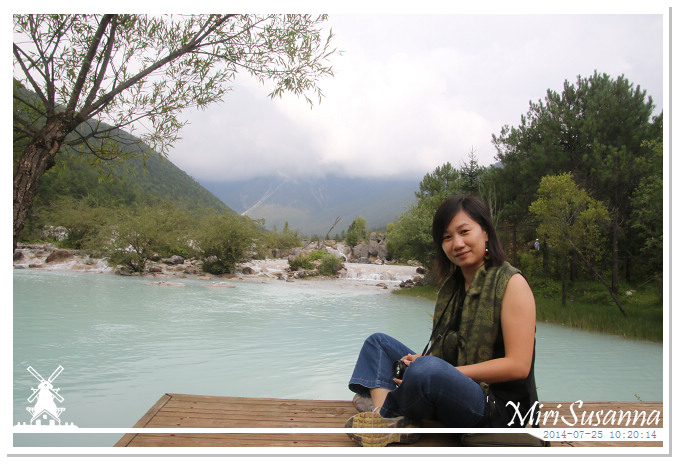
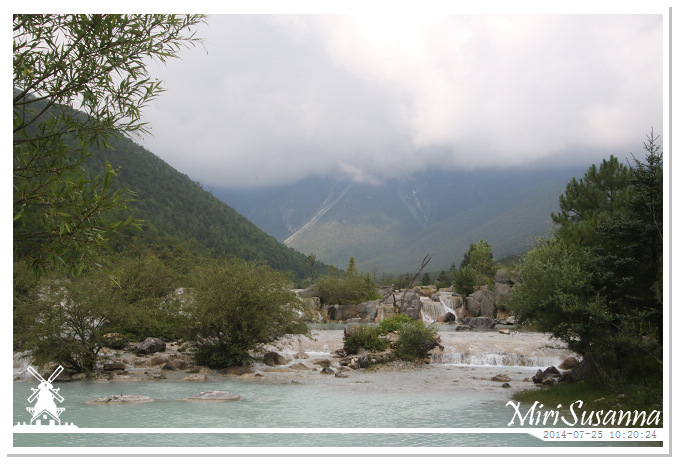
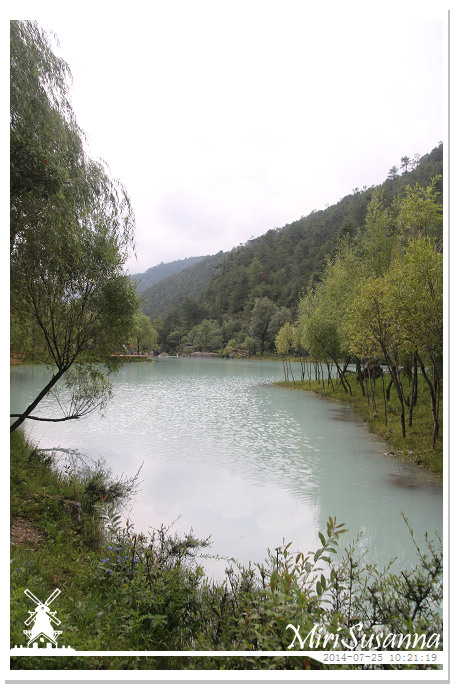
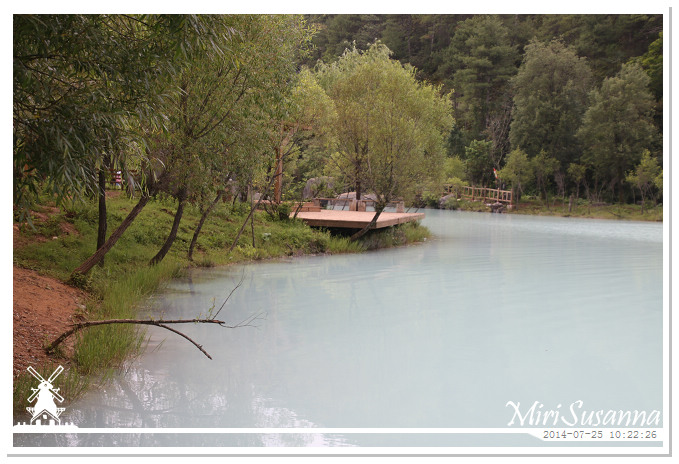
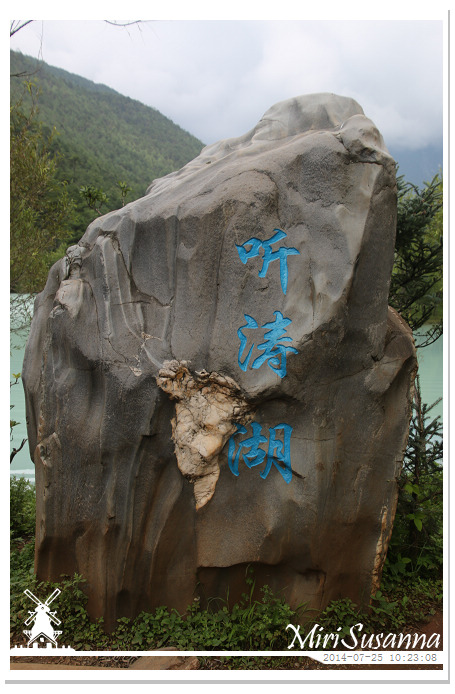
聽濤湖。
Tingtao Lake.
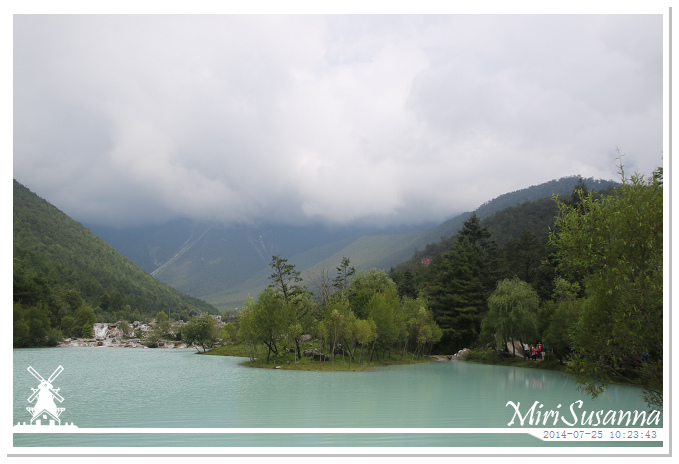
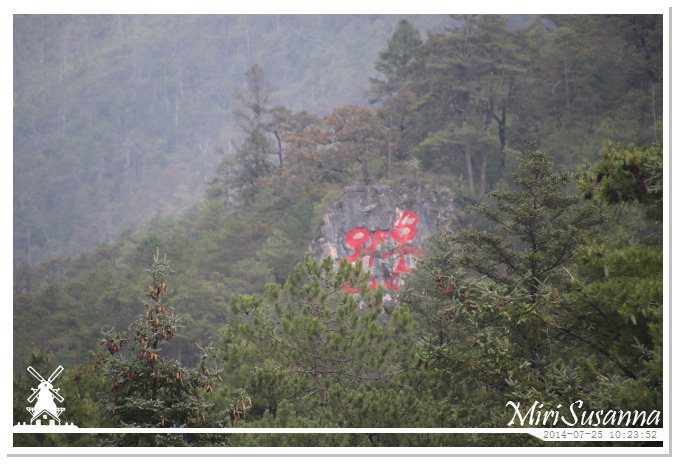
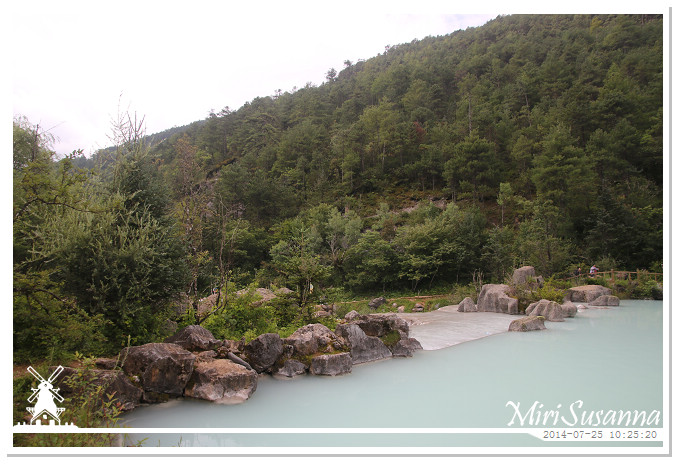


若雲層散去,雪山的山峰盡現,這景色就更贊。
The scenic would be excellent without the cloud.
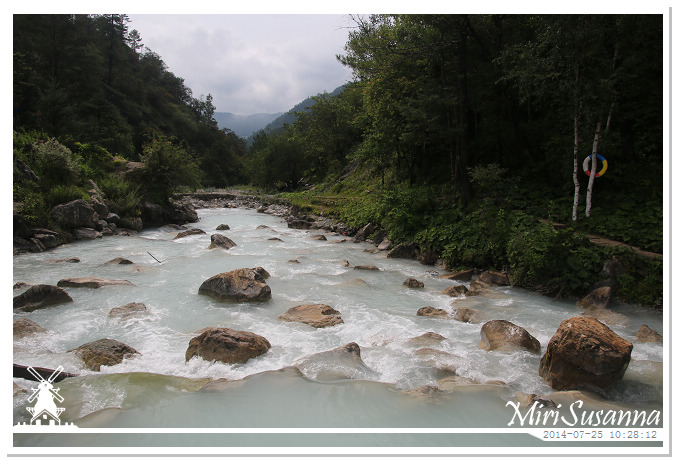
白水河繼續往下流。
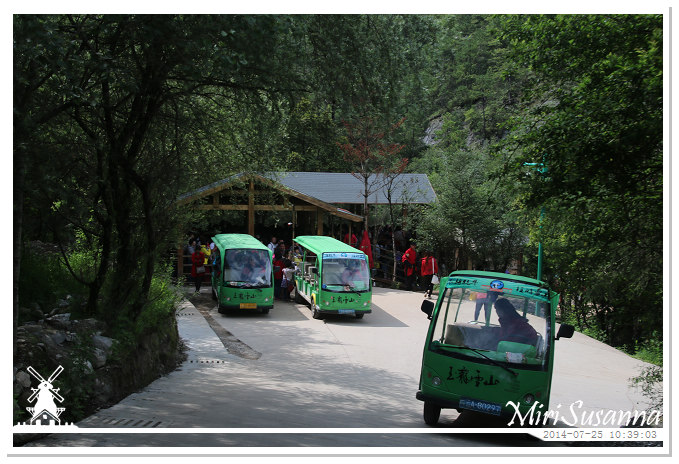

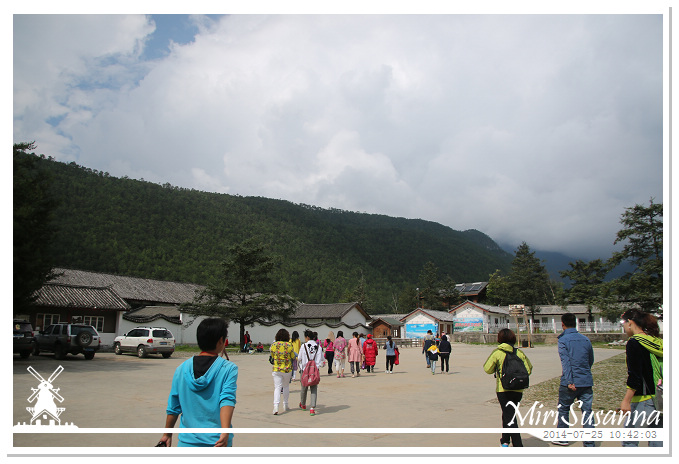
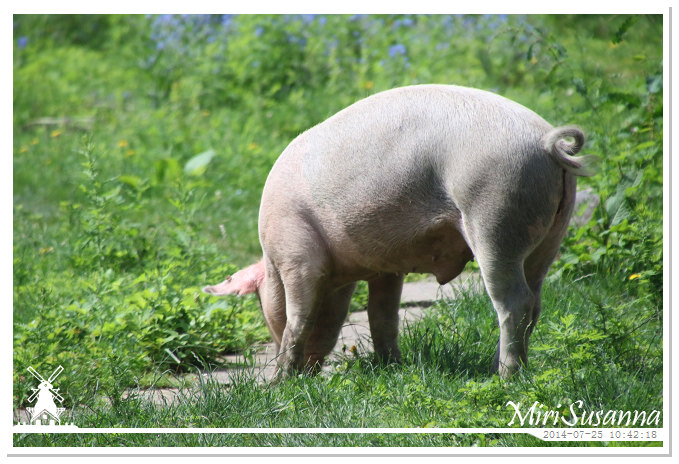
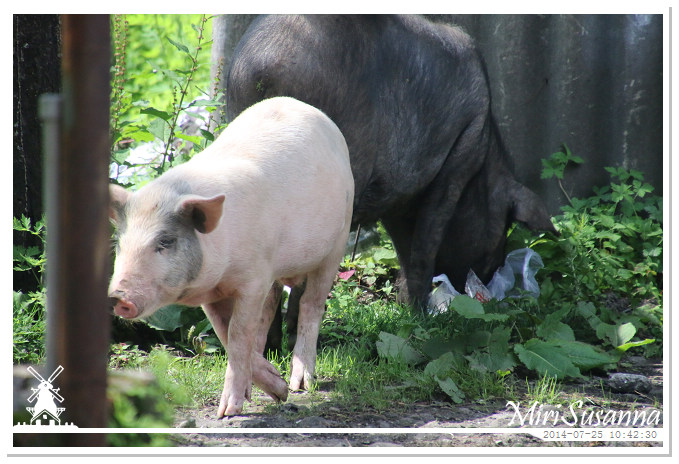
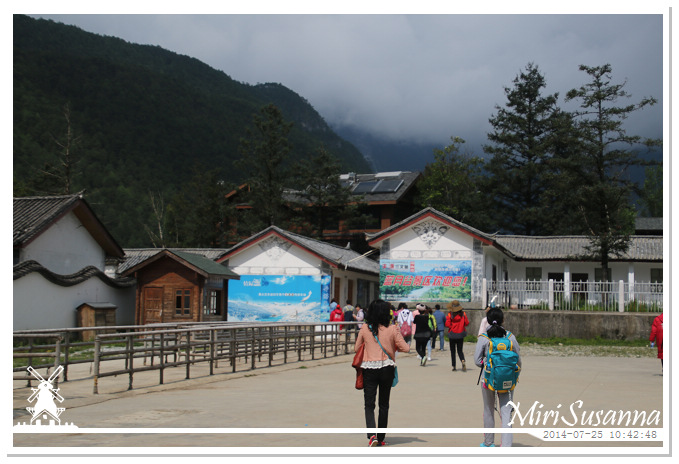
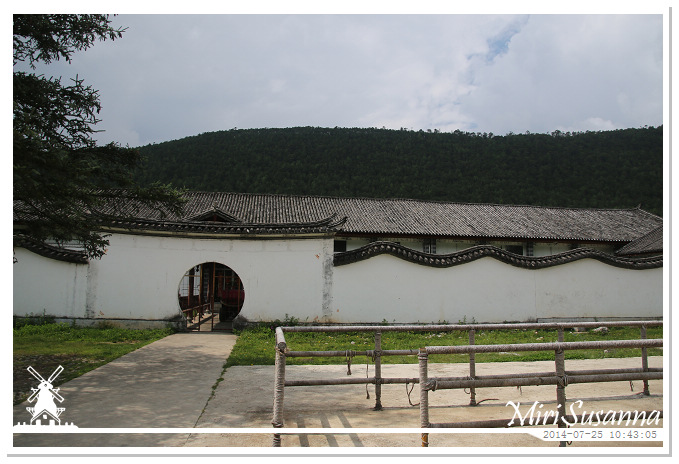

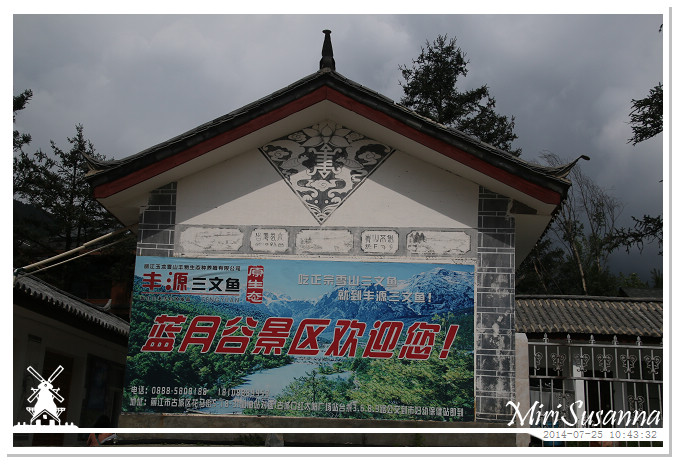



下次得來冰川公園走走。
We shall visit Glacier Park next time.

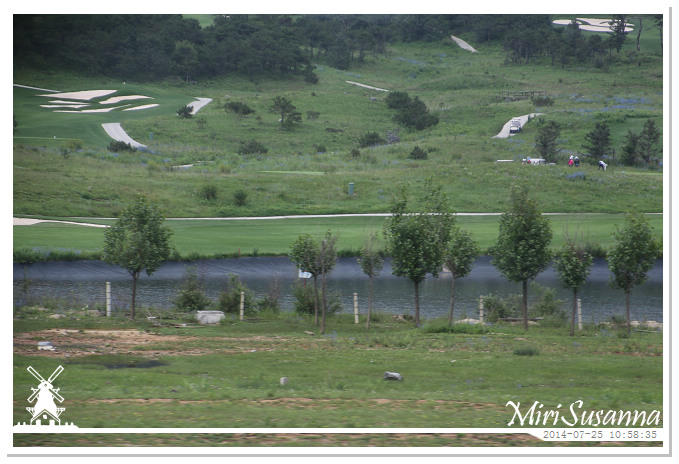
高爾夫球場。
Golf field.

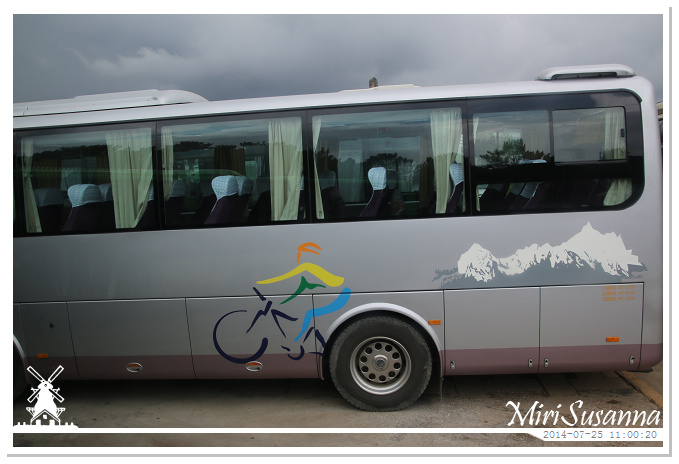
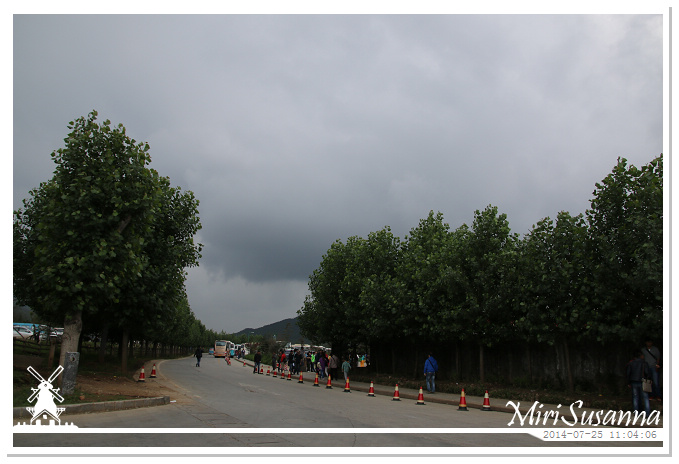
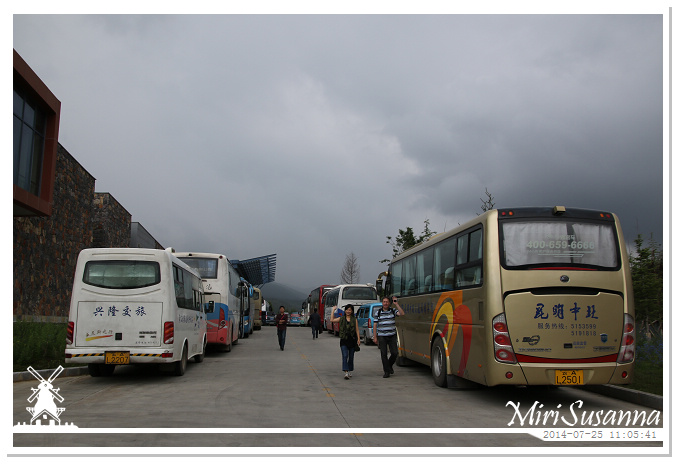
結束藍月谷之旅,準備往下一個目的地。
End of our Blue Moon Valley trip.
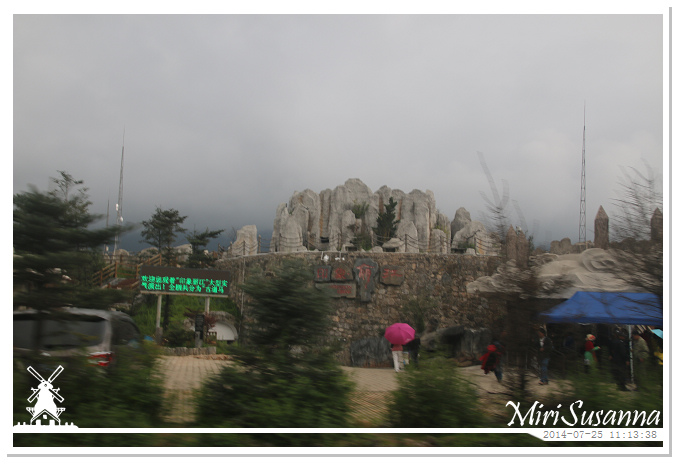
大型劇場“印象麗江”,師傅說這值得看,下次有機會再說吧。
~。Goto next post。~
玉龍雪山的介紹(取自雲南中青國際旅行社,連結: http://www.yunnaninfo.com/chinesebig5/yunnan/lijiang/attraction/yulong.htm)
當你一腳踏進麗江壩子,首先映入你的視野的,是壩子北端拔地而起的巍巍雪山。那皚皚的白雪,銀雕玉塑般的千年冰峰,仿佛要刺破藍天,氣勢非凡,這就是聞名遐邇的玉龍雪山。
玉龍雪山是北半球最近赤道的山脈,它處於青藏高原東南邊緣,橫斷山脈分佈地帶,在大地構造上屬橫斷山脈皺褶帶。位於麗江縣城北面約15公里處。山勢由北向南走向,南北長35公里,東西寬25公里,雪山面積960平方公里,高山雪域風景位於海拔4000米以上。
這裏終年積雪,雪山山體高聳,橫亙排列的十三座山峰(卜松毛卦峰)海拔5596米,為諸峰之最。
龍山諸峰連綿起伏,由北向南排空飛來,足及麗江壩子的北端,是風景區的立體和中心。觀看雪山,調個不同的位置,雪山所呈的景色也就迥然不同了。若觀看雪山西面景觀,可以從芝山麓上文海村,可觀賞龍山西北側的黑雪山景觀。又從龍山腳下的雪松村進山走中路,它可縱覽白雪山,也就是說可觀賞扇子陡主峰的景觀。若過雪山東麓,過雲杉坪,或甘海子等處,可看龍山東側的綠雪奇峰景觀。藶在鳴音觀雪亭觀看雪山,那是觀看雪山東麓的最佳視角位置。而在大具又可觀看龍山東北側的景觀,在中甸縣境金沙江南岸觀賞,龍山北面的景觀盡收眼底。
玉龍山主峰扇子陡,位於龍山南麓,土人稱為“拖斯般滿動岩”,意為卜松毛卦峰,也稱白雪山。由麗不平原中看它,像是一座豎立起來的銀鏵。攀登上白雪山來看它,它像一把白綾摺扇展開在那裏,所以有扇子陡和雪鬥峰的名稱。現在由錦鄉穀的草坪中仰望上去,它像一片白玉殼,三面作放射狀指向天空,在碧天白雲中閃閃發光。
整個雪山集亞熱帶、溫帶及寒帶的各種自然景觀於一身,構成獨特的“陽春白雪”主體景觀。雨雪新晴之後,雪格外的白,松格外的綠,掩映生態,移步換形,很像是白雪和綠松在捉迷藏。故有“綠雪奇峰”,雪不白而綠,蔚為奇觀。
玉龍雪山是花的海洋。不曾到過玉龍雪山的人一定不能想像到它那遍地白雪遍地鮮花的奇景!玉左雪山的花,豈能一口說得盡?但獨佔花魁的自是杜鵑!這是雪山奇觀之一,矮的只匍匐地面,一旦花開,連枝條都看不見一根。高的枝條矯捷地與喬木爭高,細細碎碎地開了個滿天星。紅的像火,白的像紙,紫絳紗的,如滿斛明珠的,豔若桃花的,冷若冰霜的,大的花如牡丹,小的花如丁香,無一不是人間庭園的奇珍,卻在這個寂寞的雪山上任意開放!
玉龍雪山氣勢磅礴,造型清秀玲瓏。其冰川類型為懸冰川和冰鬥冰川。隨著節令及氣候變化,雪山景觀也交替變幻,呈現出多姿多彩的畫面。清代納西族學者木正源曾形象地歸納出玉龍十二景,即:“三春煙蘢”、“六月雲帶”、“曉前曙色”、“螟後夕陽”、“晴霞五色”、“夜月雙輝”、“綠雪奇峰”、“銀燈炫焰”、“玉湖倒影”、“龍甲生雲”、“金沙壁流”、“白泉玉液”。從不同的角度生動描繪了雪山景色,體現了不同節令、不同時辰玉龍景致的變幻無常與千姿百態。
大面積的雪海是優良的天然滑雪場。據專家考察論證認為:這裏是世界上最長的滑雪場,也是最溫暖的滑雪場。為方便遊客這裏還建成是我國海拔最高的旅遊客運索道。通過方便的設施可以帶你進入這個神奇的世界。
Introduction of Jade Dragon Snow Mountain (http://www.travelchinaguide.com/attraction/yunnan/lijiang/jade_dragon.htm)
Located between 10004′-10016’east longitude and 2703′-2740′ north latitude, Jade Dragon Snow Mountain (Yulong Mountain) is the southernmost glacier in the Northern Hemisphere. Consisting of 13 peaks, among which Shanzidou is the highest with an altitude of 5,600 meters (18,360 feet), the mountain stretches a length of 35 kilometers (22 miles) and a width of 20 kilometers (13 miles). Looking from Lijiang Old Town in the south which is 15 kilometers (nine miles) away, the snow-covered and fog-enlaced mountain resembles a jade dragon lying in the clouds, hence the name.
According to the research of geologists, for about 400 million years the area around Jade Dragon Snow Mountain was the ocean and it was during the last 600 thousand years that the different landscapes had come into being because of the uprising of the lithosphere. Archaic legend about this mysterious and beautiful place goes like this: Once upon a time, Jade Dragon Snow Mountain and Haba Snow Mountain were twins. They had lived on panning in Golden Sand River until one day an evil fiend usurped the river. The brothers were very brave and had a fierce fight with the fiend, Haba died in the fight and Jade Dragon drove off the fiend after wearing out 13 swords. For guarding the people and preventing the return of the fiend, Jade Dragon held the 13 swords in hands day and night. As time passed, the brothers had turned into the two snow mountains, and the 13 swords had become the 13 peaks. The mountain is a holy place for the local Naxi people not only because of the legend, but also because long time ago, it was a place for young lovers to sacrifice their young lives in honor of true love and to escape from the arranged marriages and feudal ethics.
Jade Dragon Snow Mountain is a sanctuary for rare animals and wild plants. In fact, one fourth of all plant species in China can be found here and 20 primeval forest communities shelter a big family of 400 types of trees and 30 kinds of animals which are protected by the state. These species live in different temperature levels and create different kinds of views. The 13 peaks, which have the altitudes of at least 4,000 meters, are covered by snow all year round; the mountain is also called the “Natural Glacier Museum” for it has all types of glacier. Move down from the mountaintop and you can see rivers and pools, which are formed by the thawed snow water running along the valley and through the forests. The plants and the animals are different according to the altitude, so are the views. Every sight brings you a surprise and every step takes you to a new scene. Each of the meadows on Jade Dragon Snow Mountain has its own special character due to their different landscape and height. For instance, Yunshanping (Spruce Plateau) is grassland with gigantic spruces whilst Ganhaizi (Dry Sea) used to be a highland lake as its name tells, the meadow was formed after the water had dried up.
Jade Dragon Snow Mountain now is a famous scenic spot for sightseeing, mountaineering, skiing, exploration, scientific research and taking holiday. Besides, widespread legends and myths of the Naxi ethnic minority and the unclimbed Shanzidou are all important attractive spots for those who come here.



